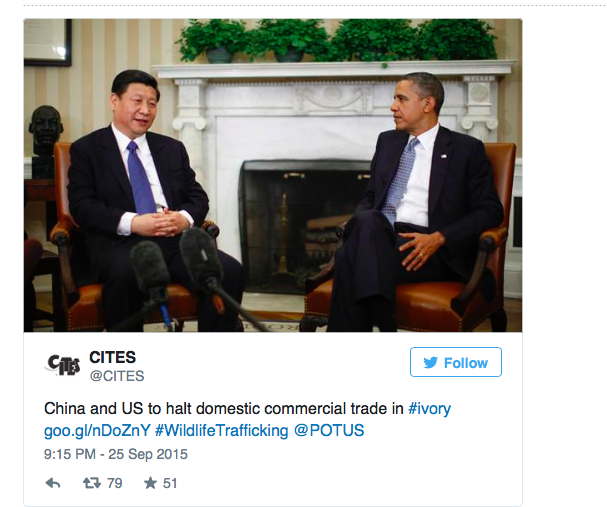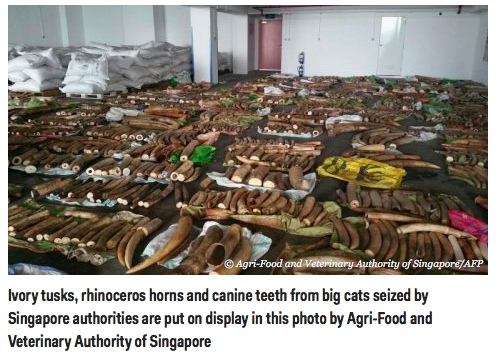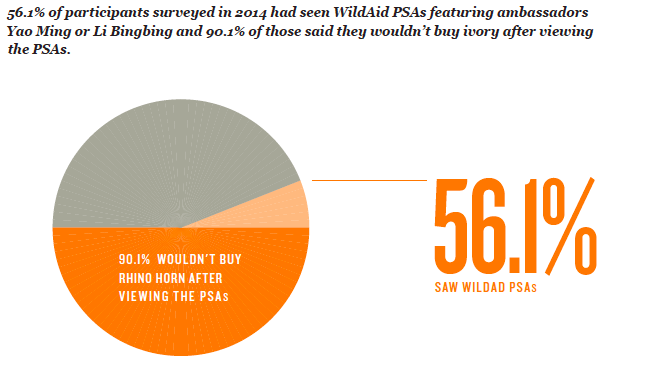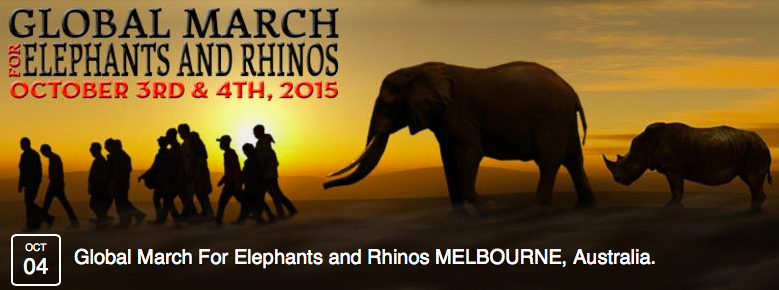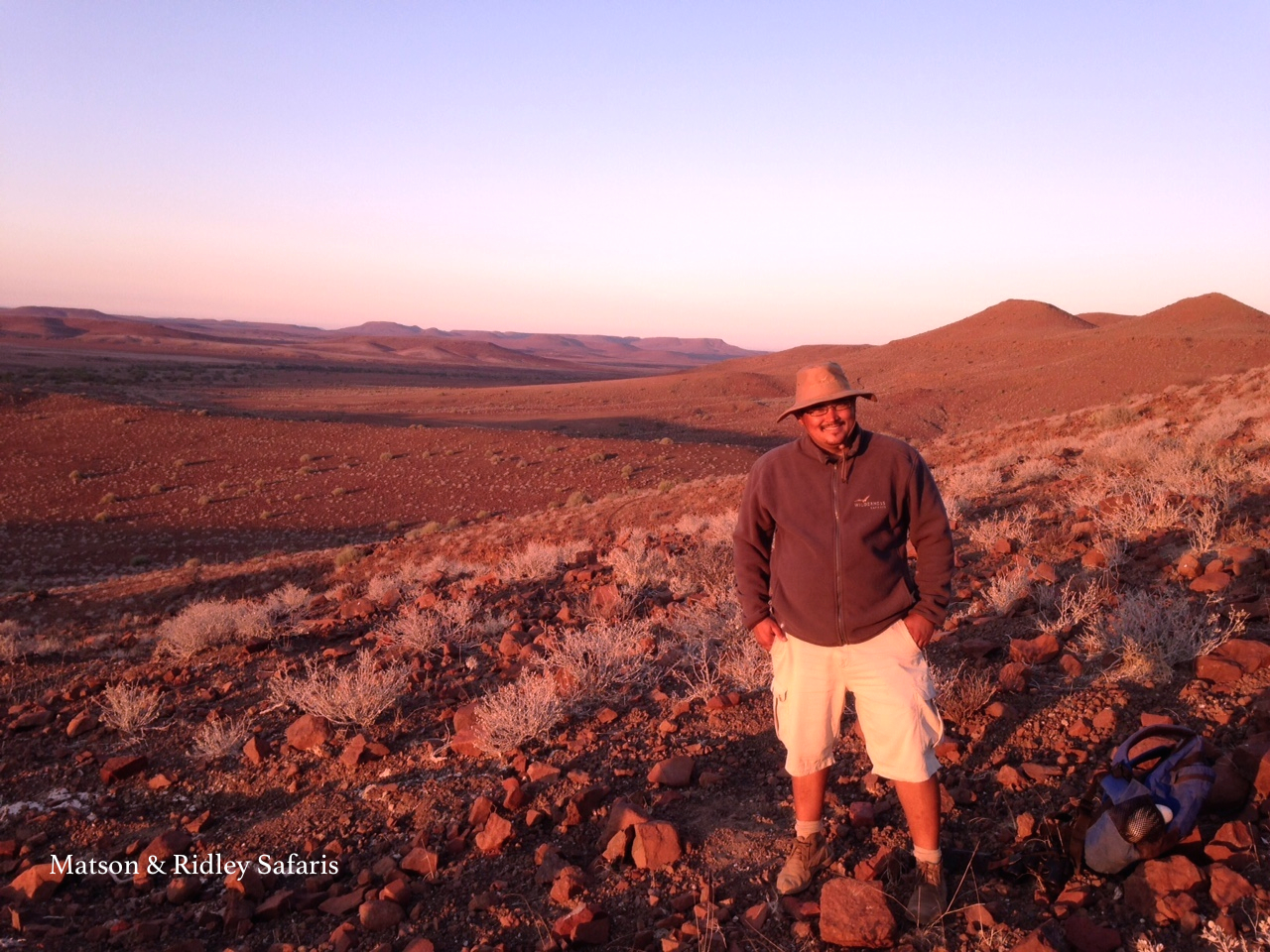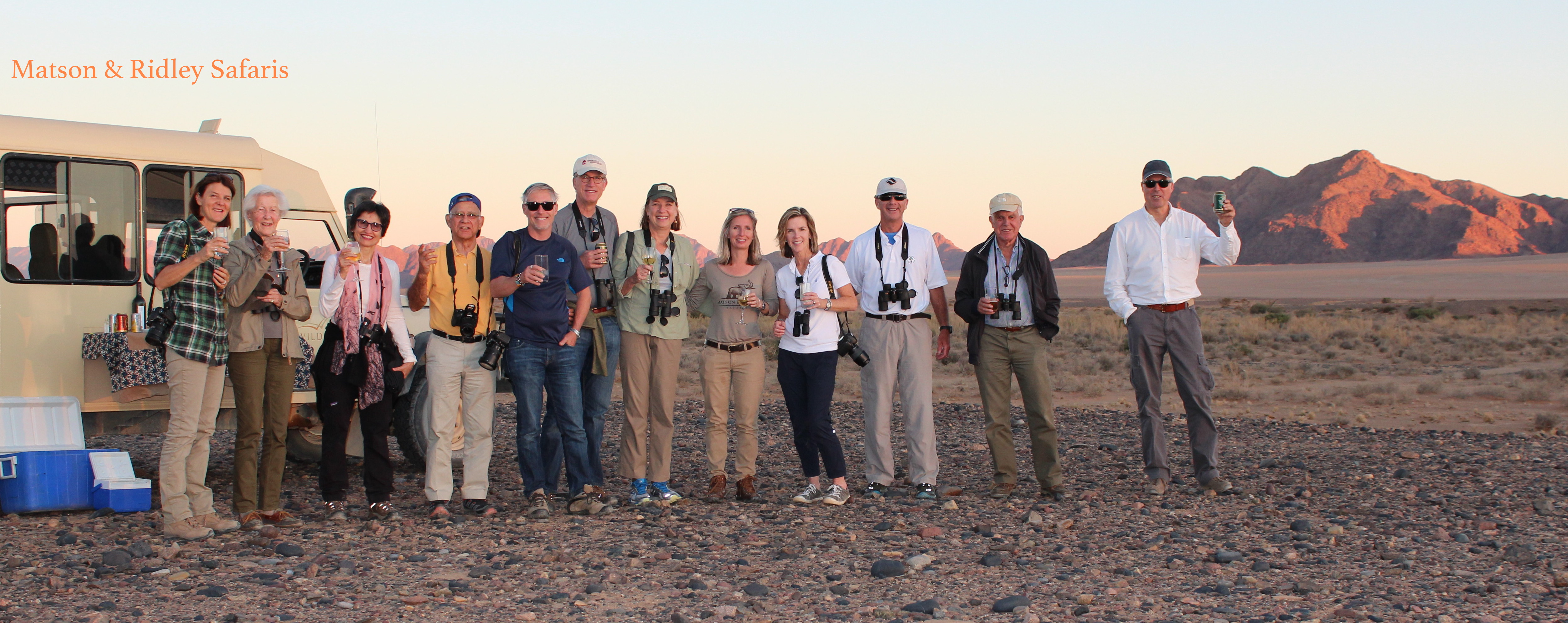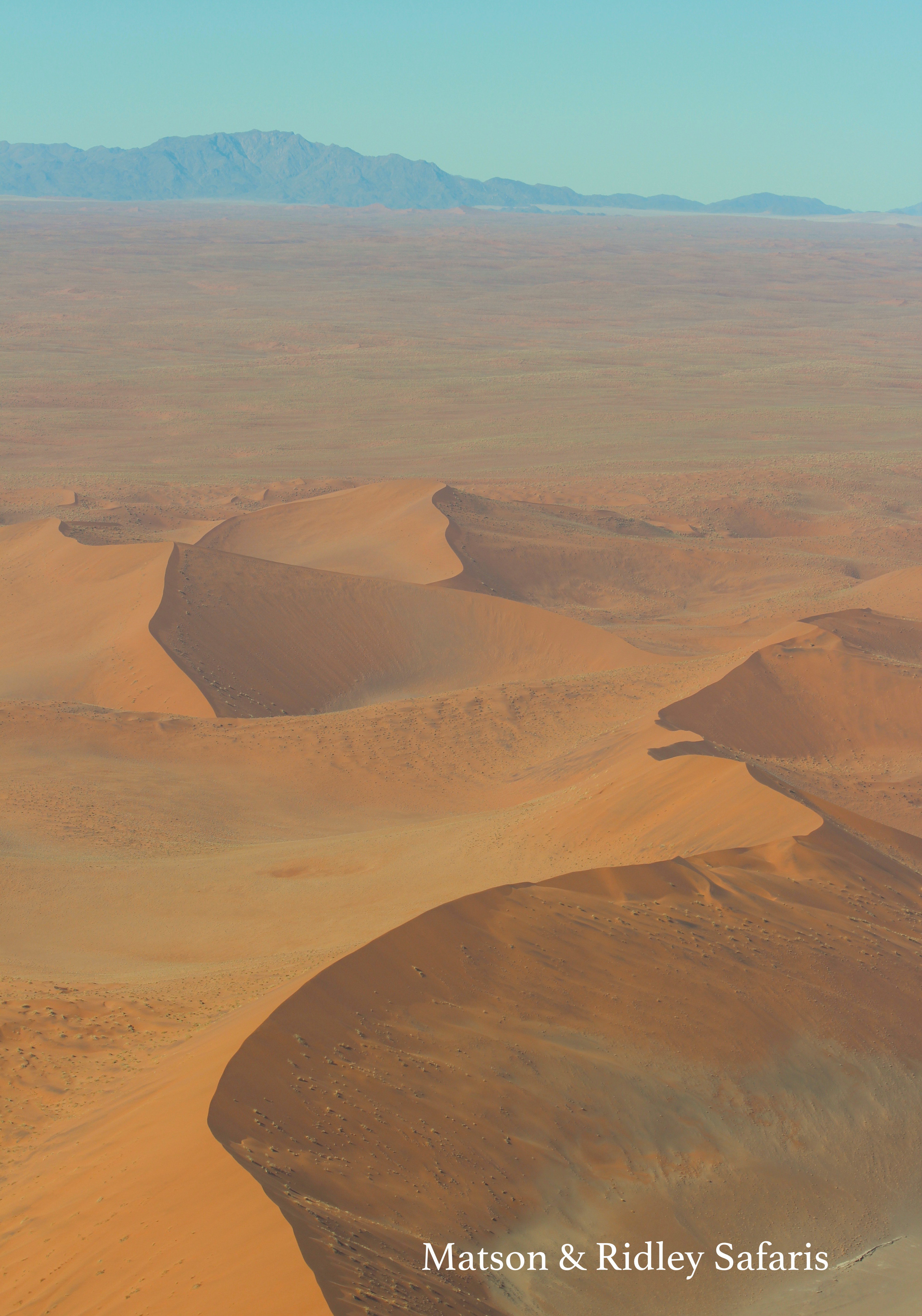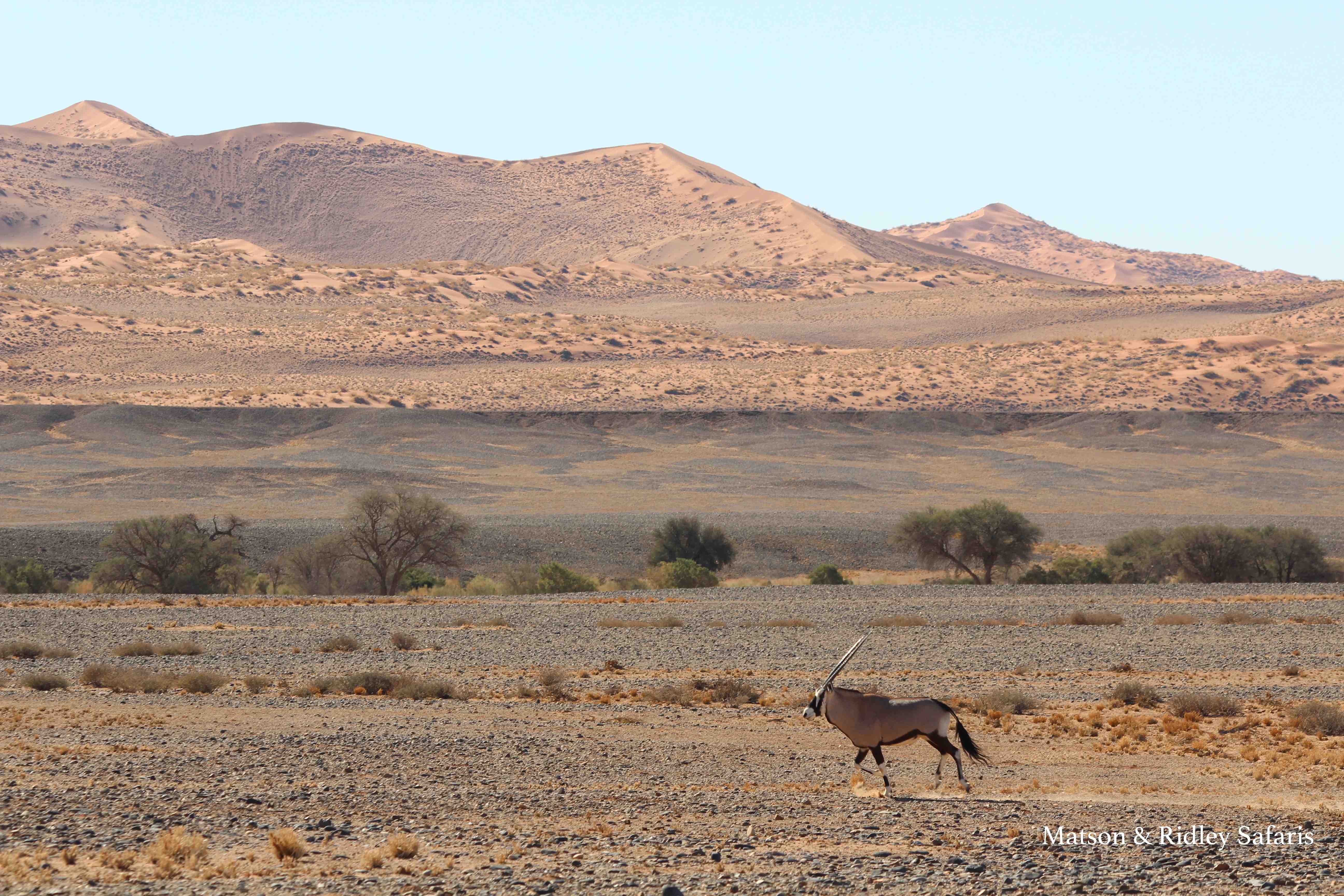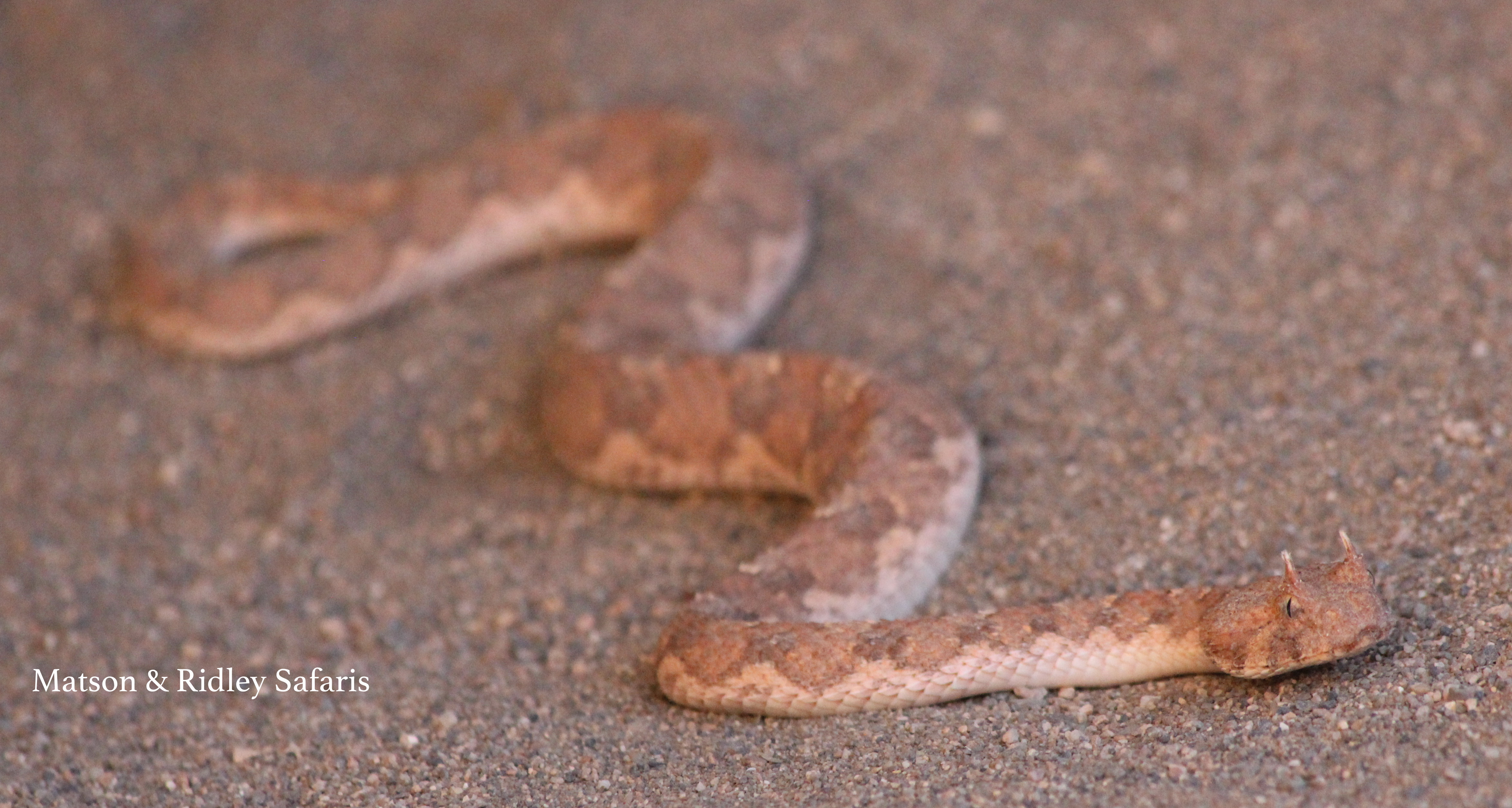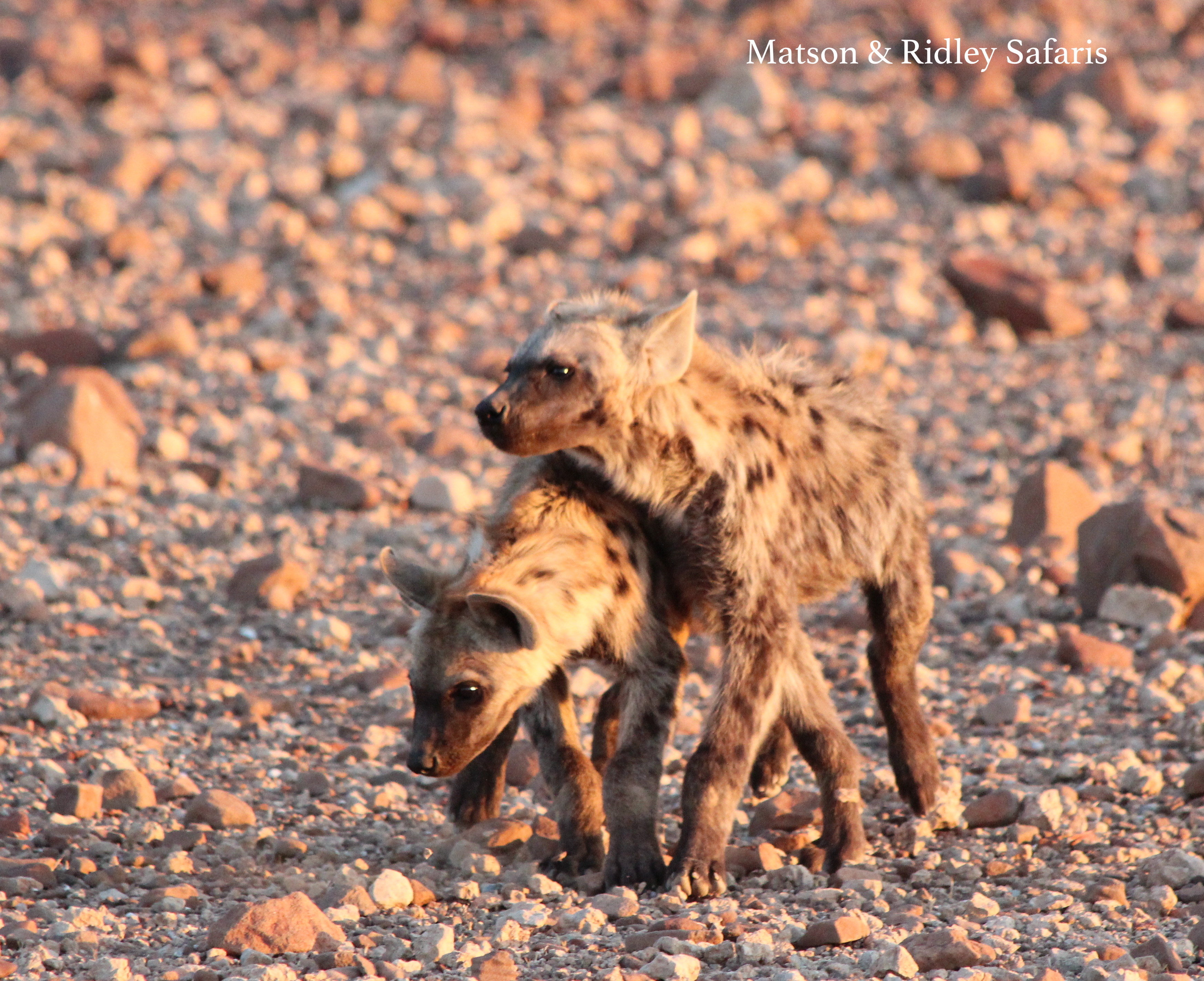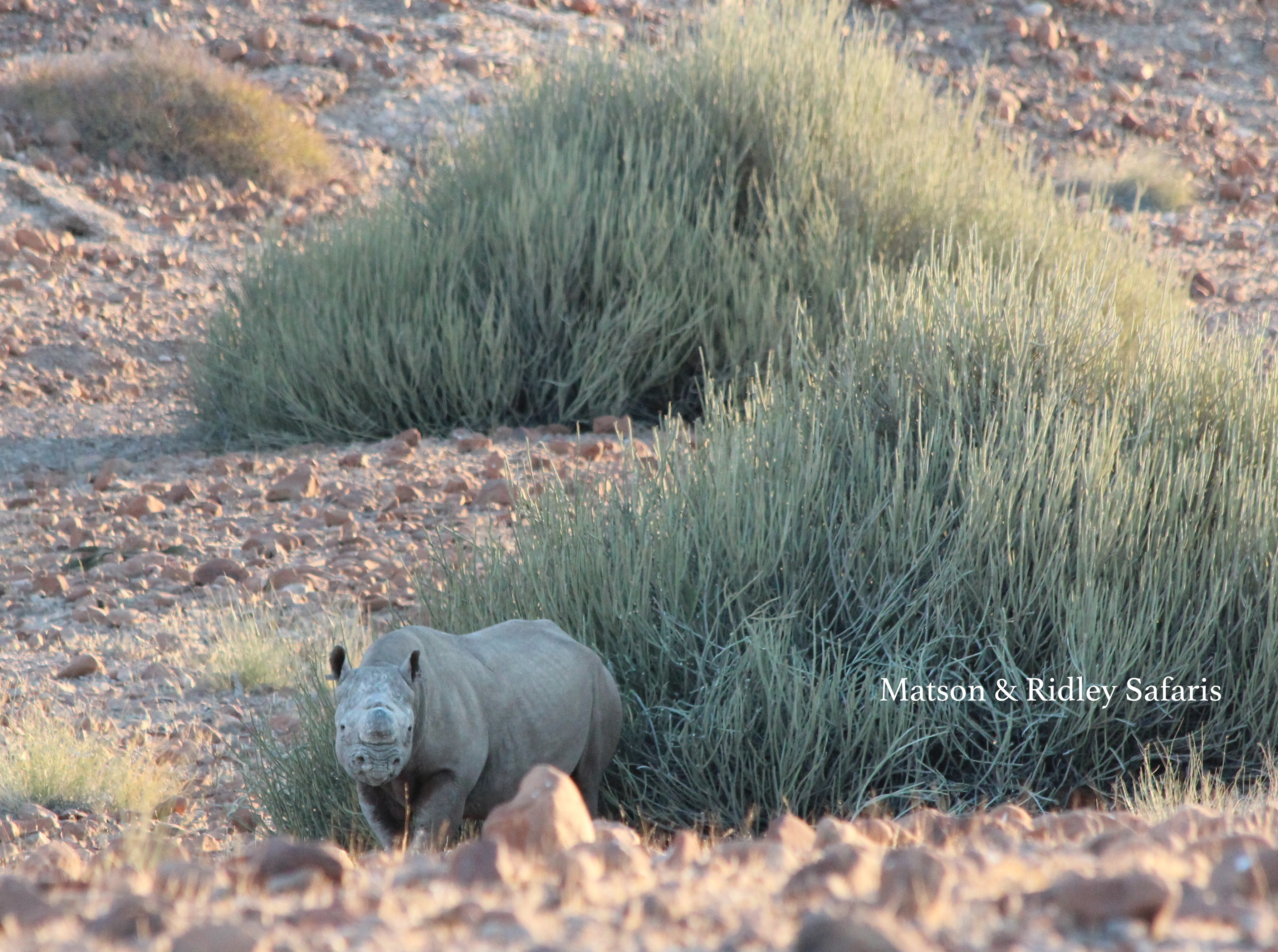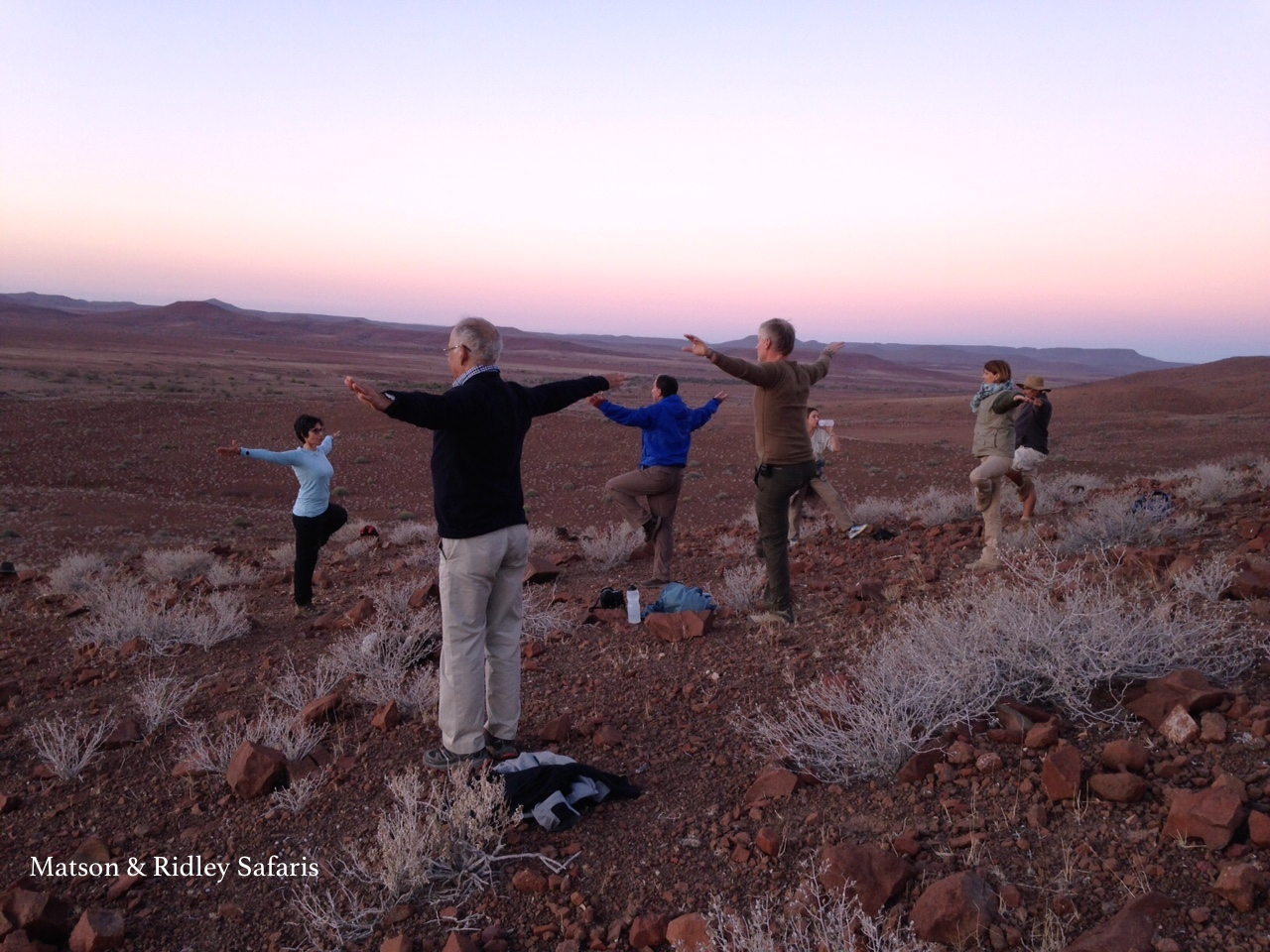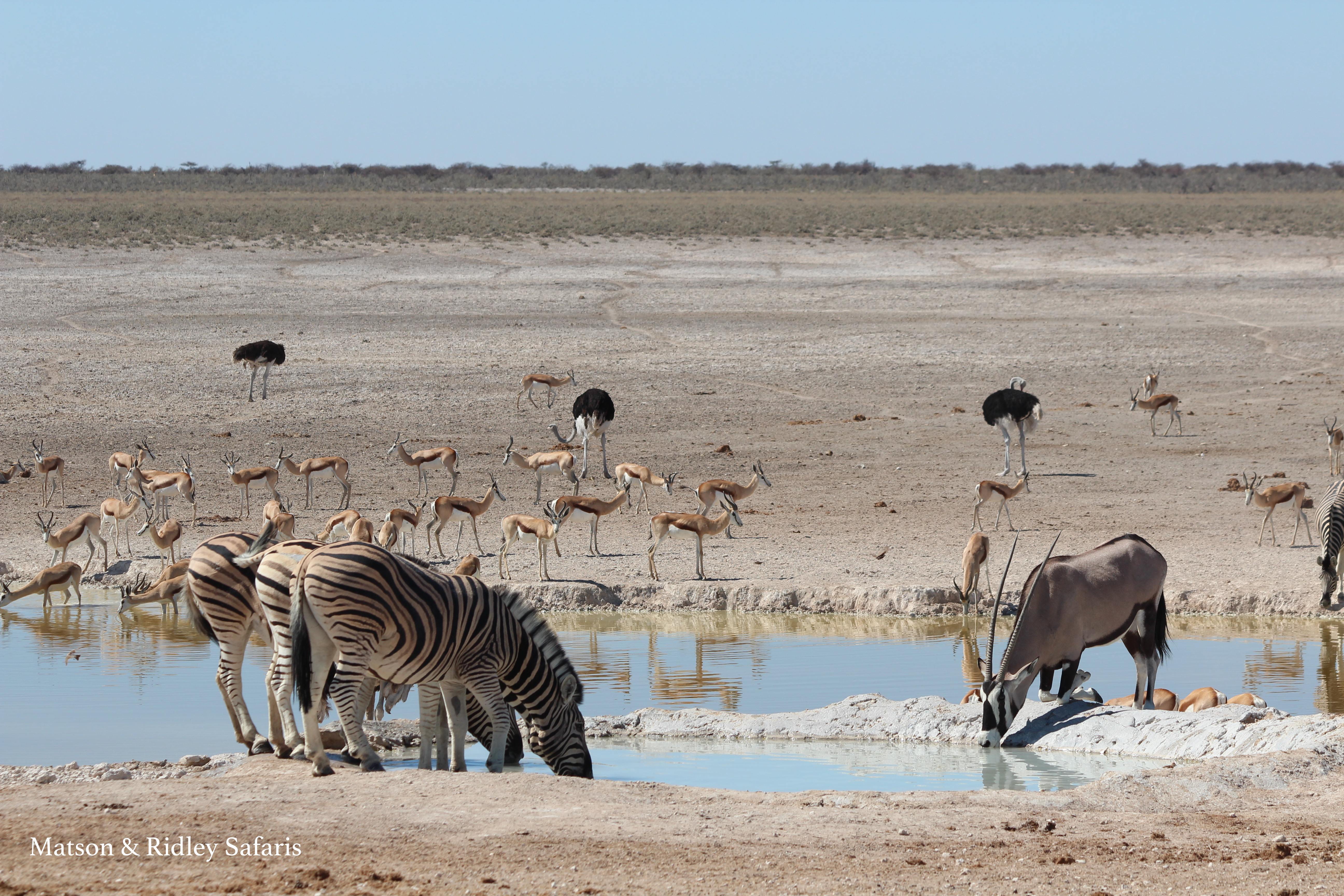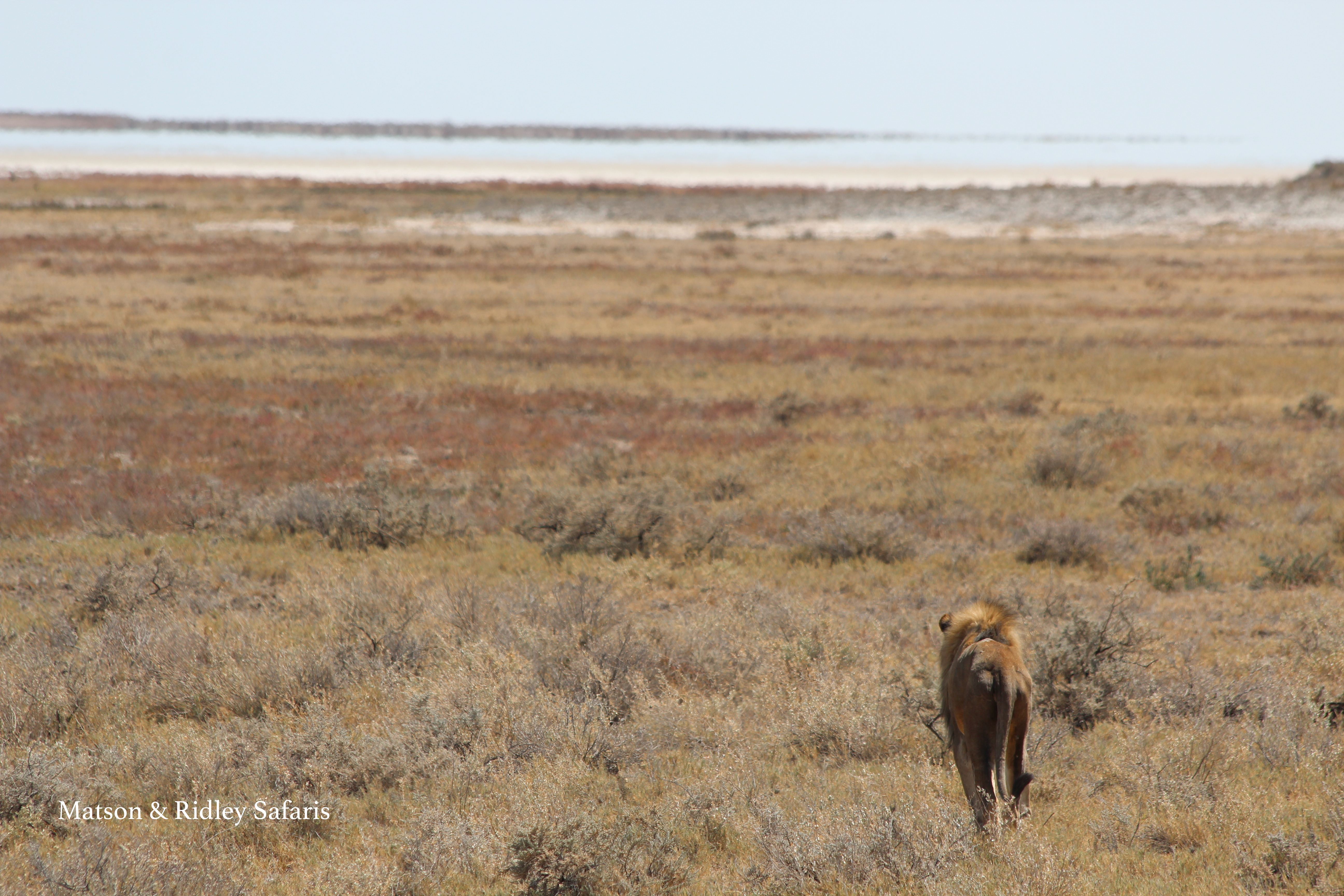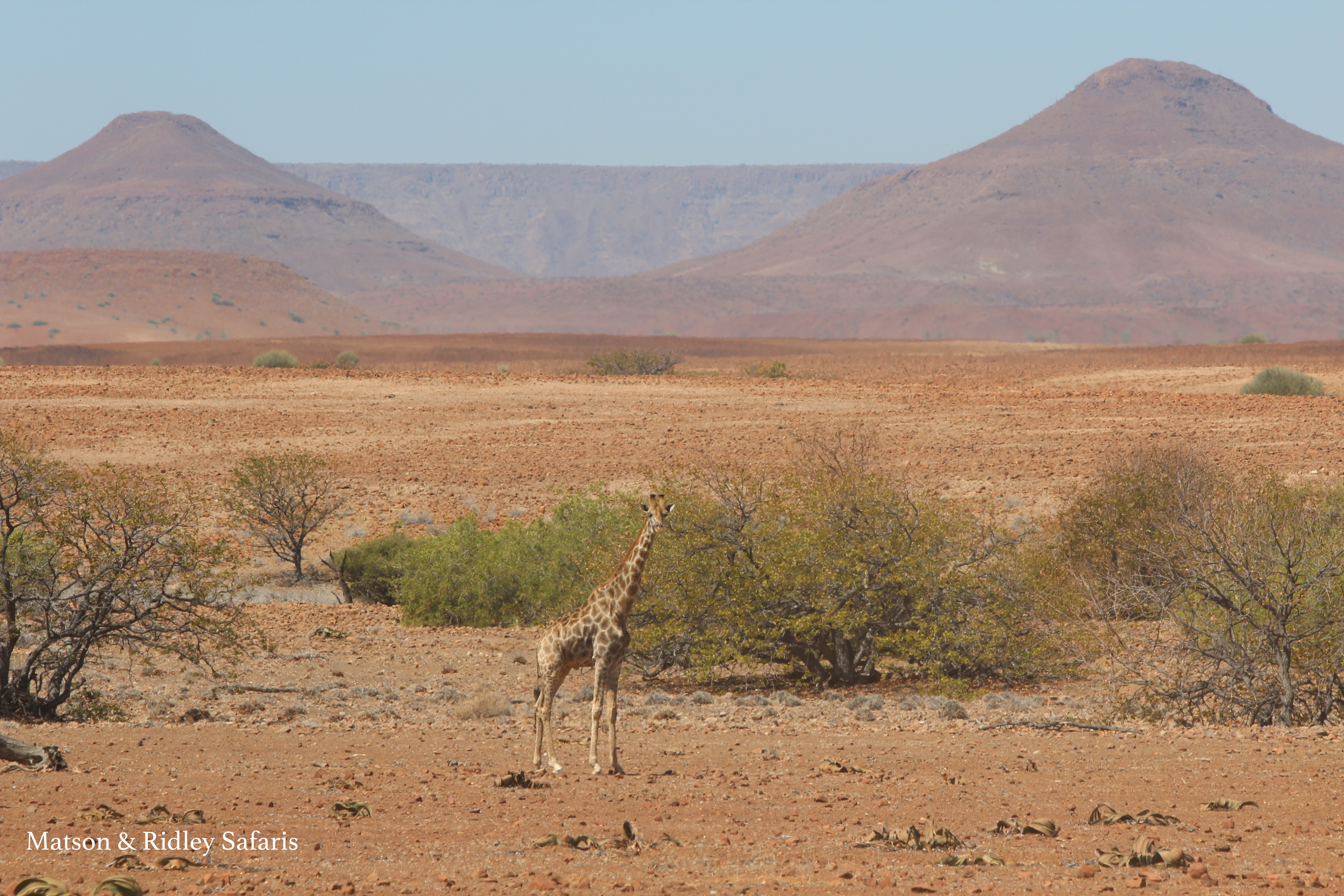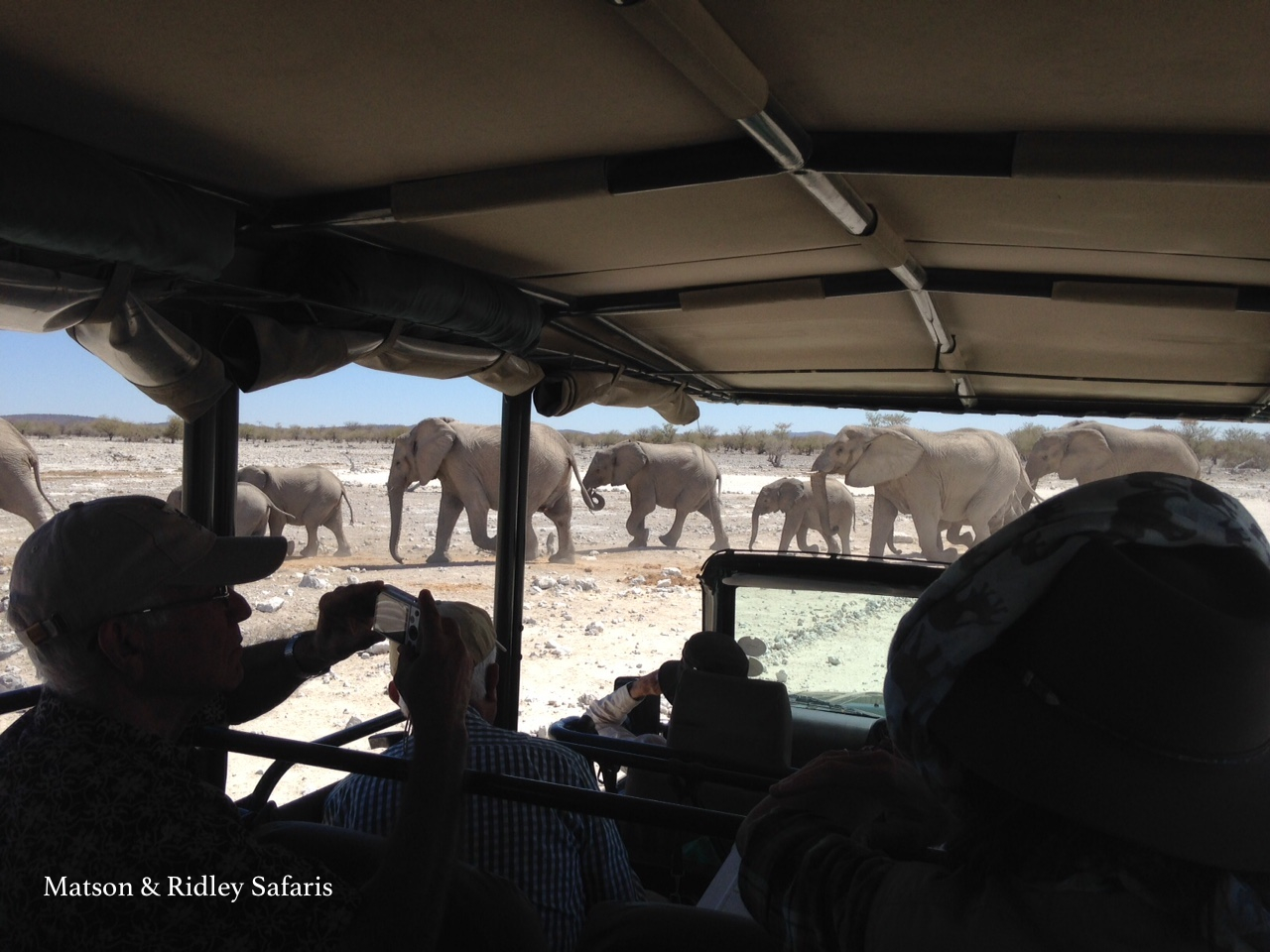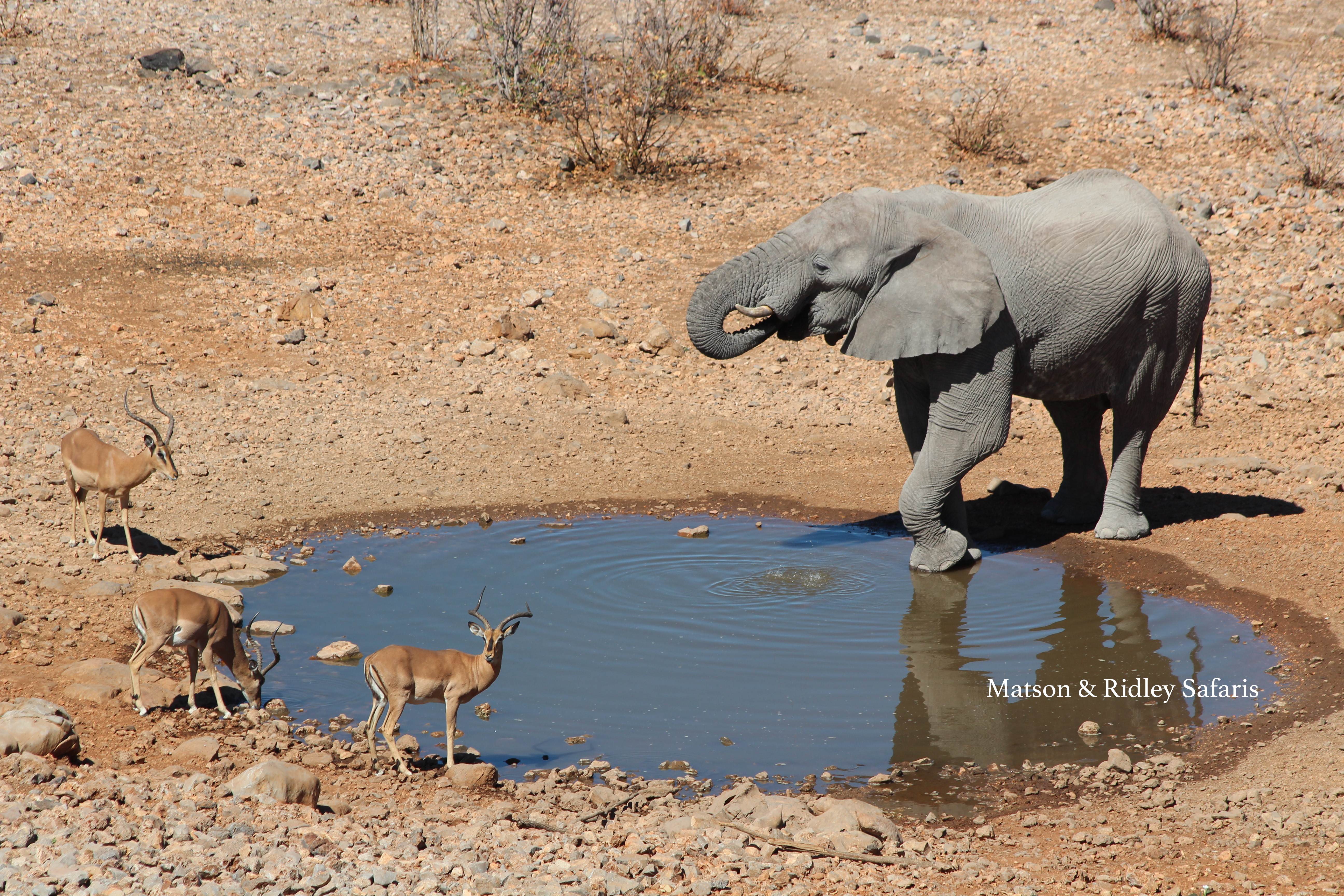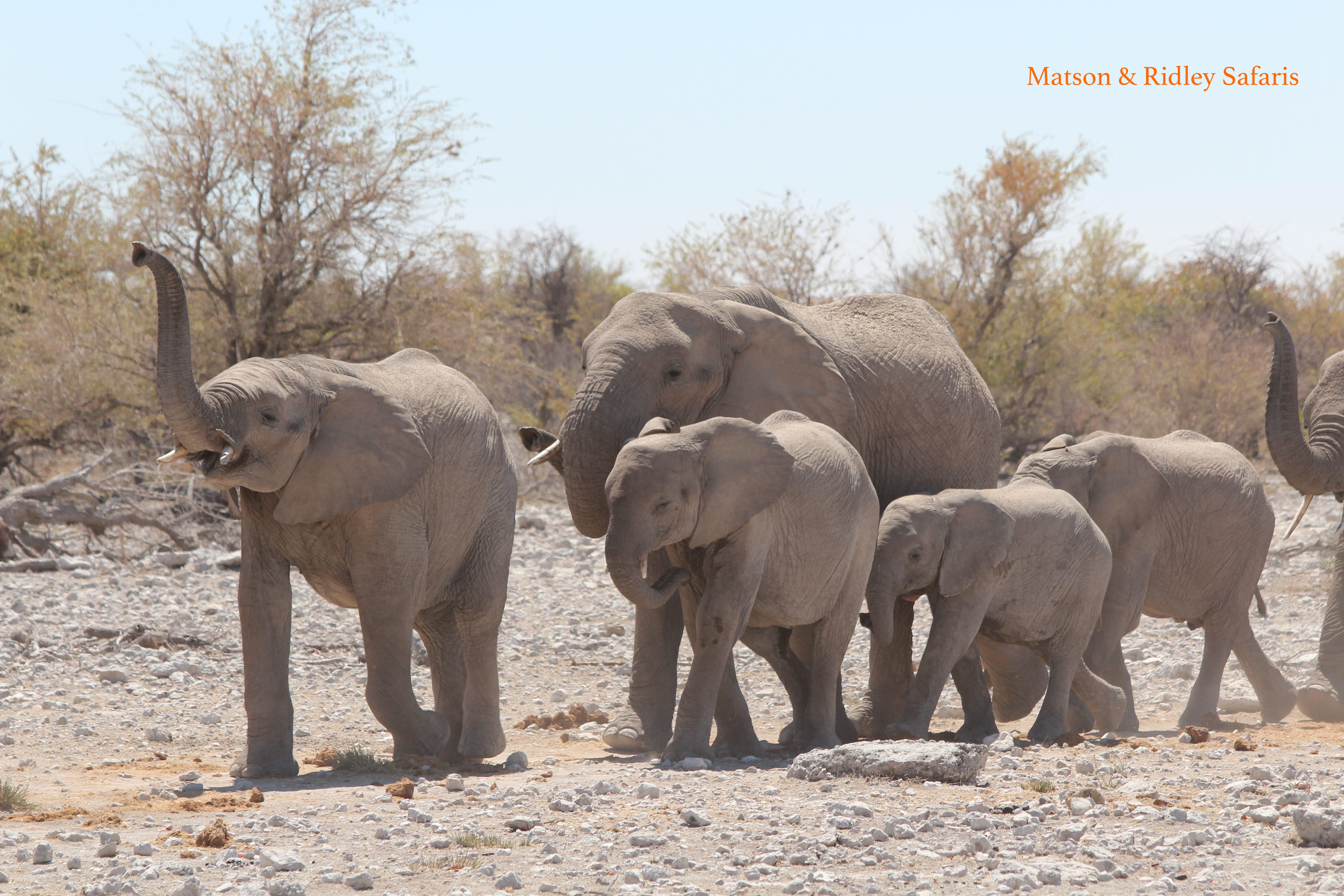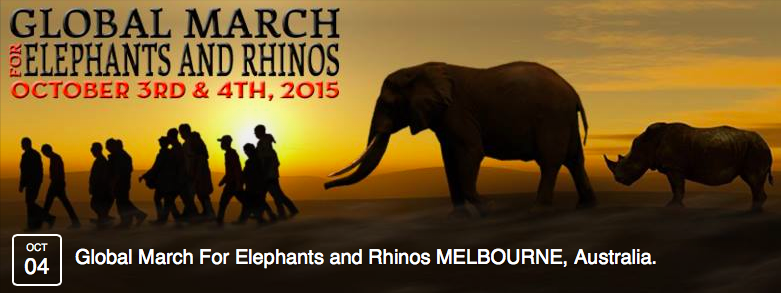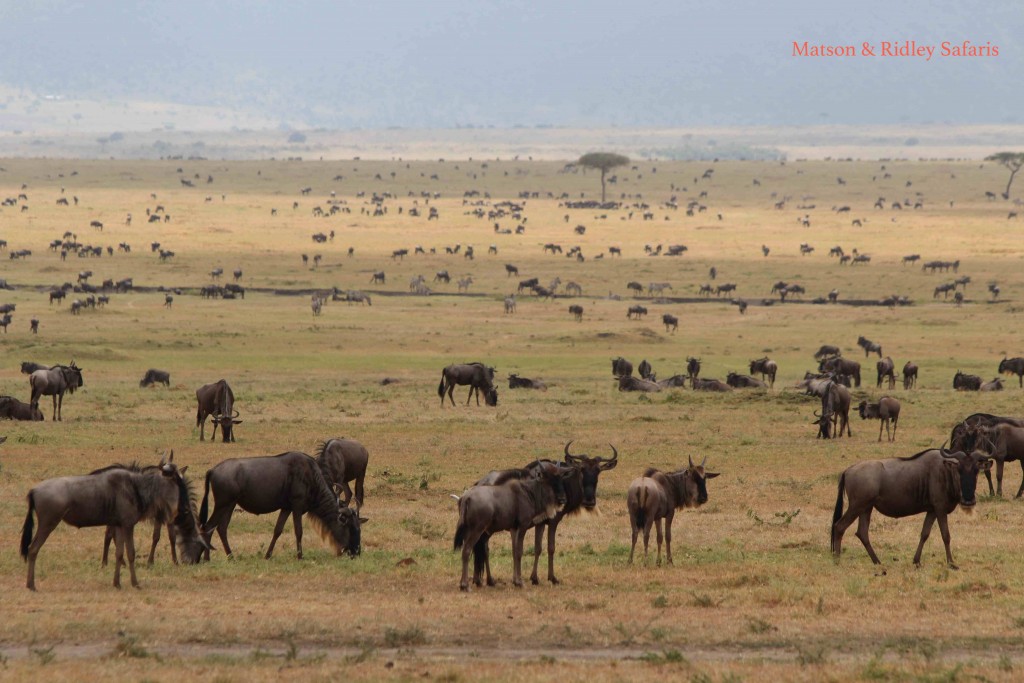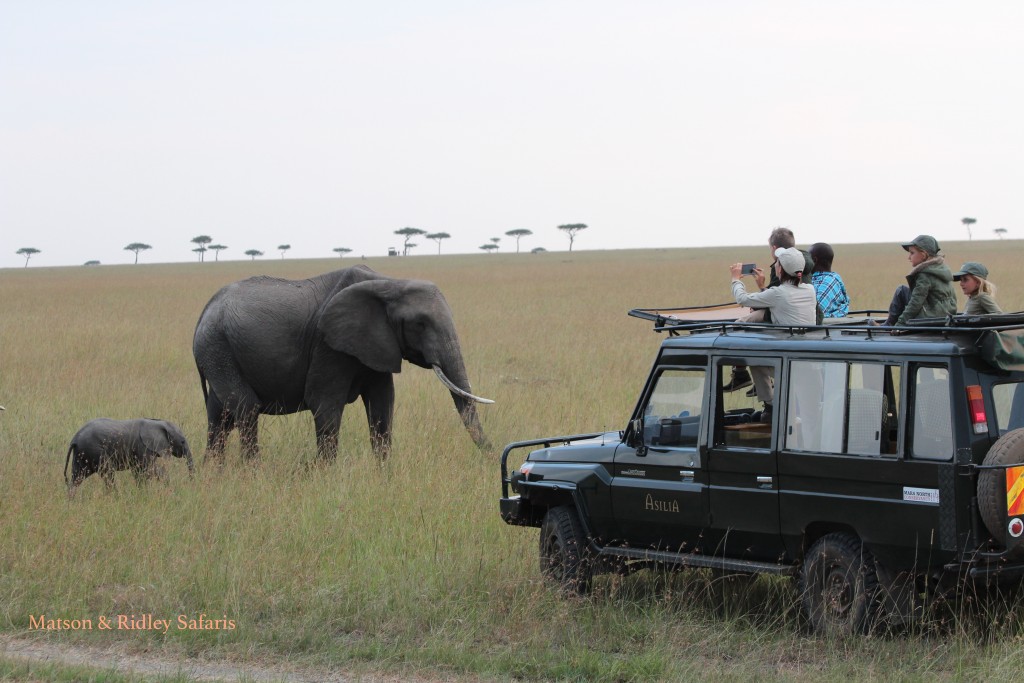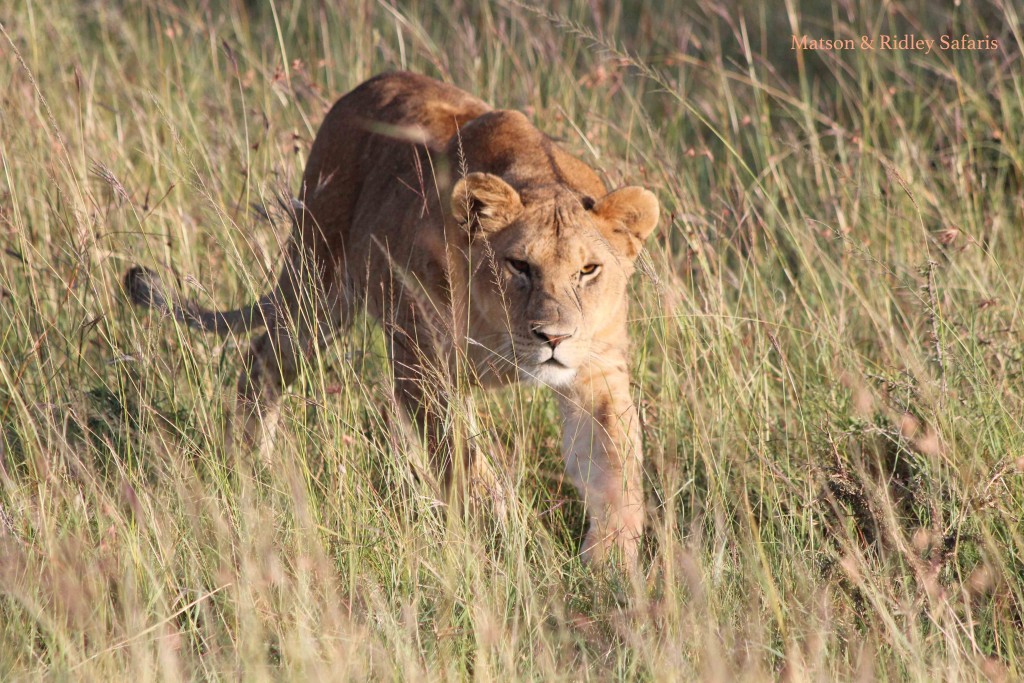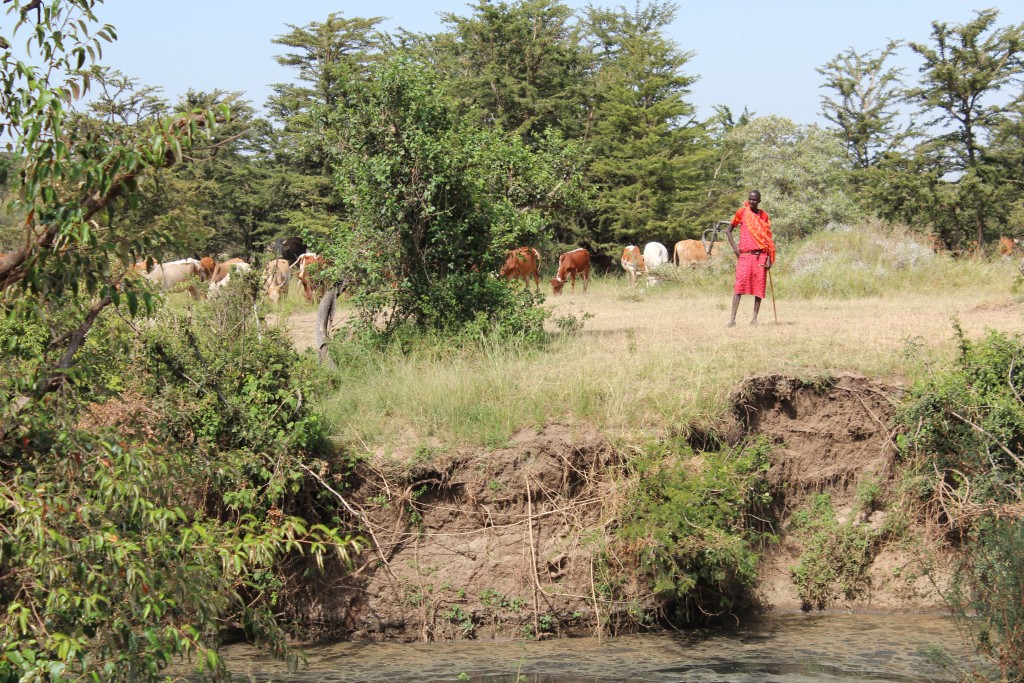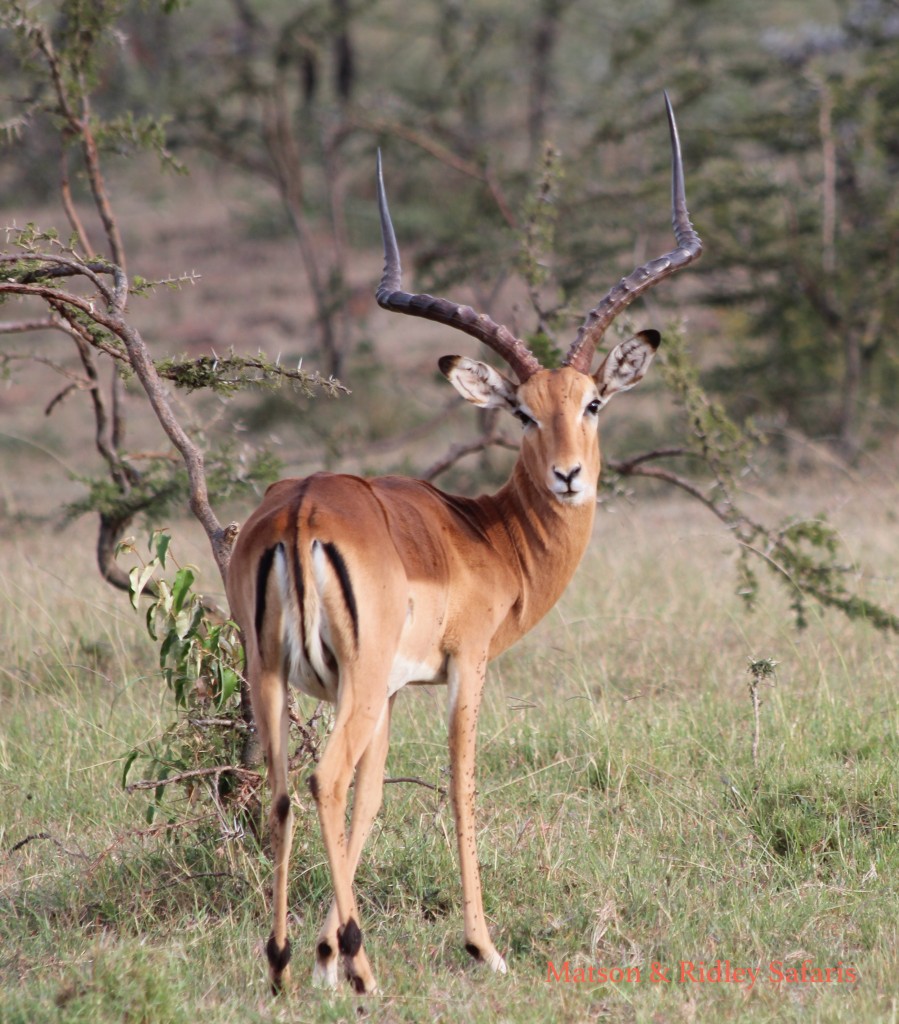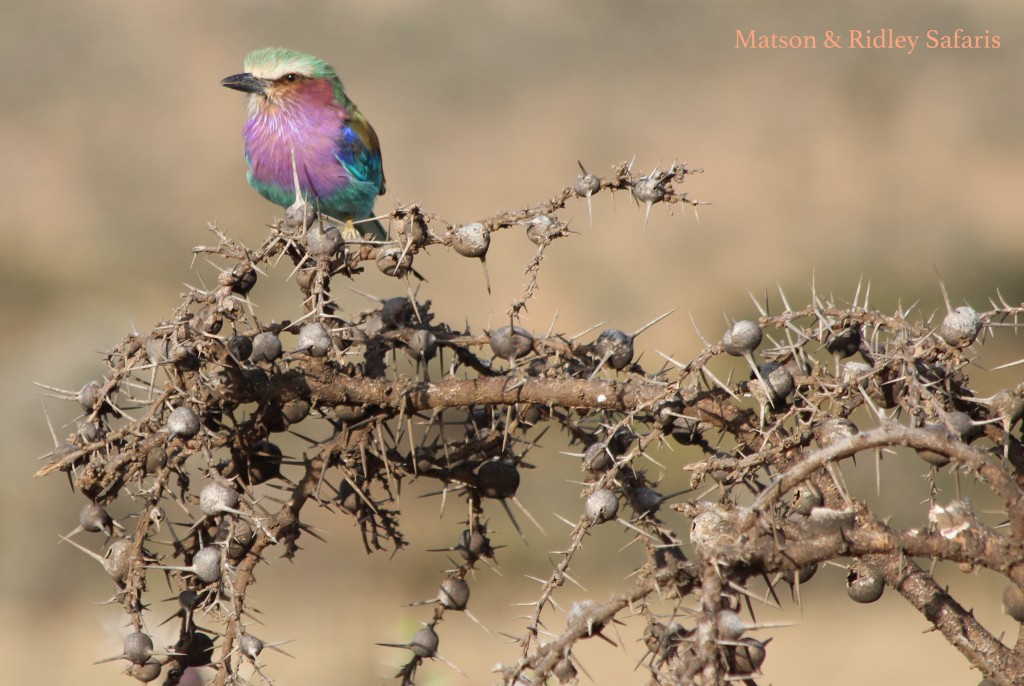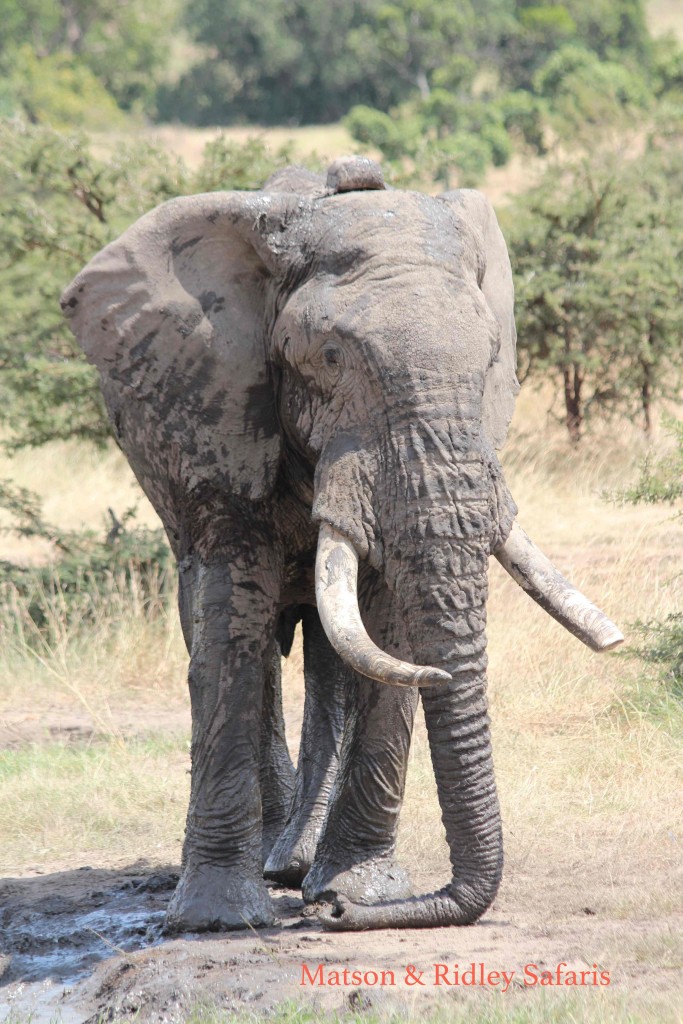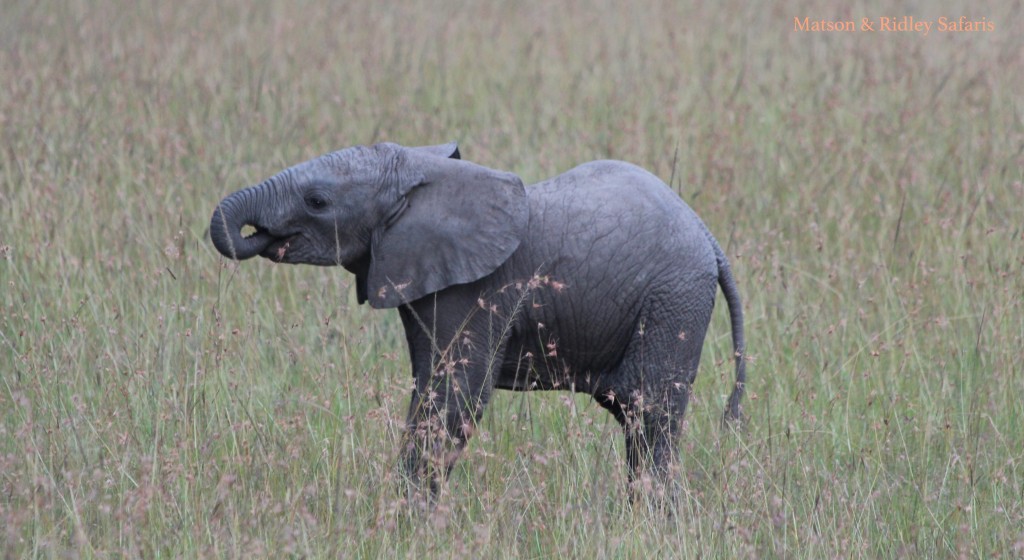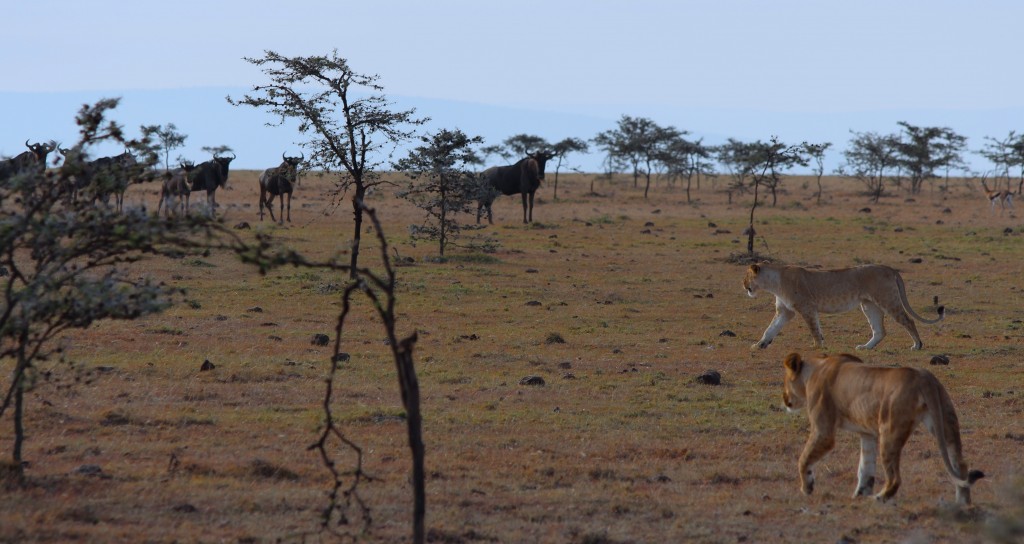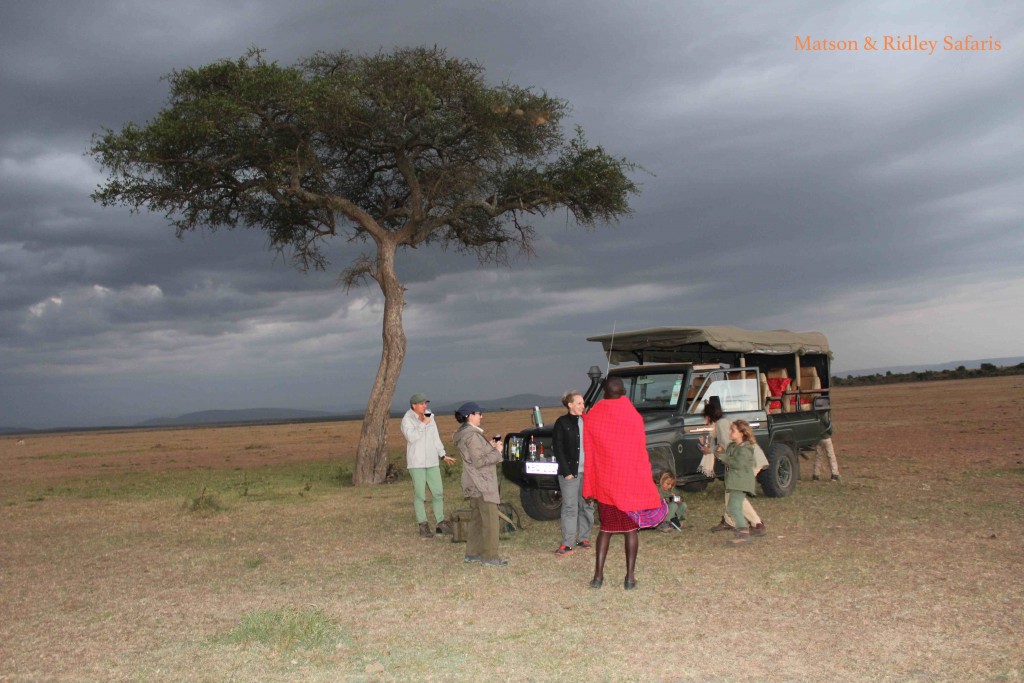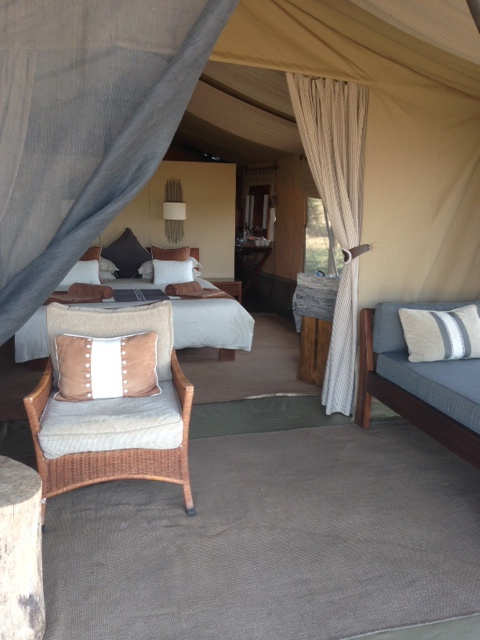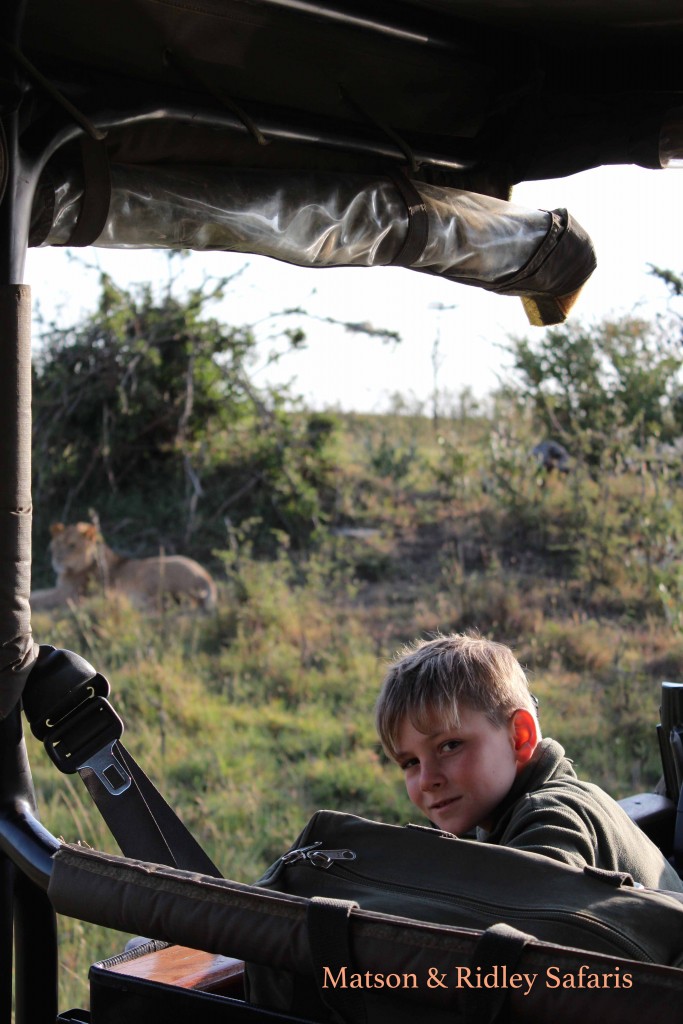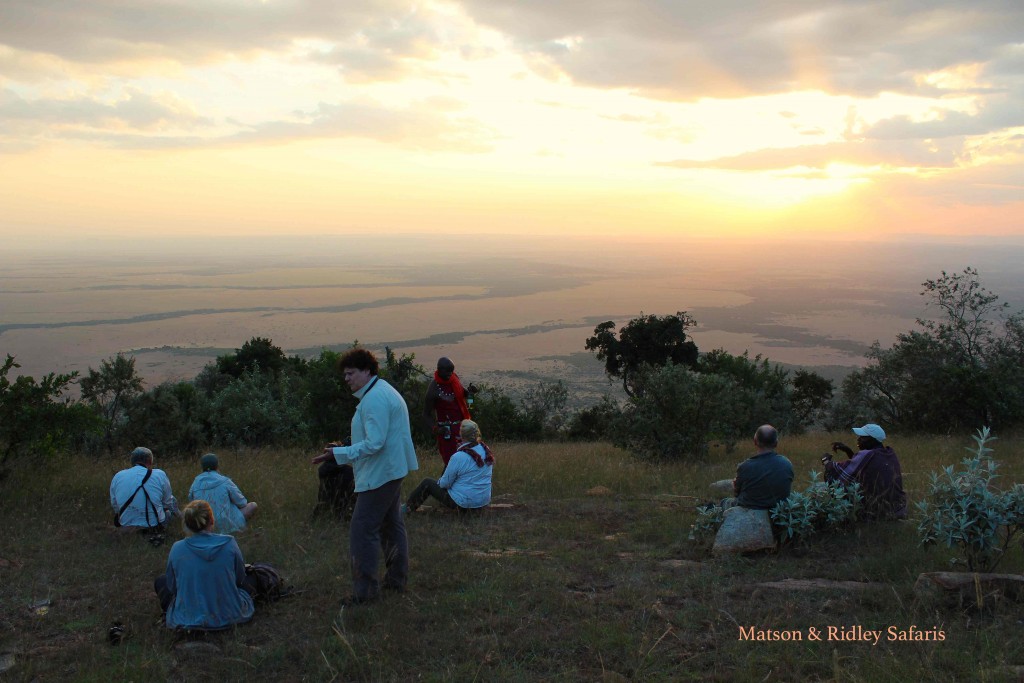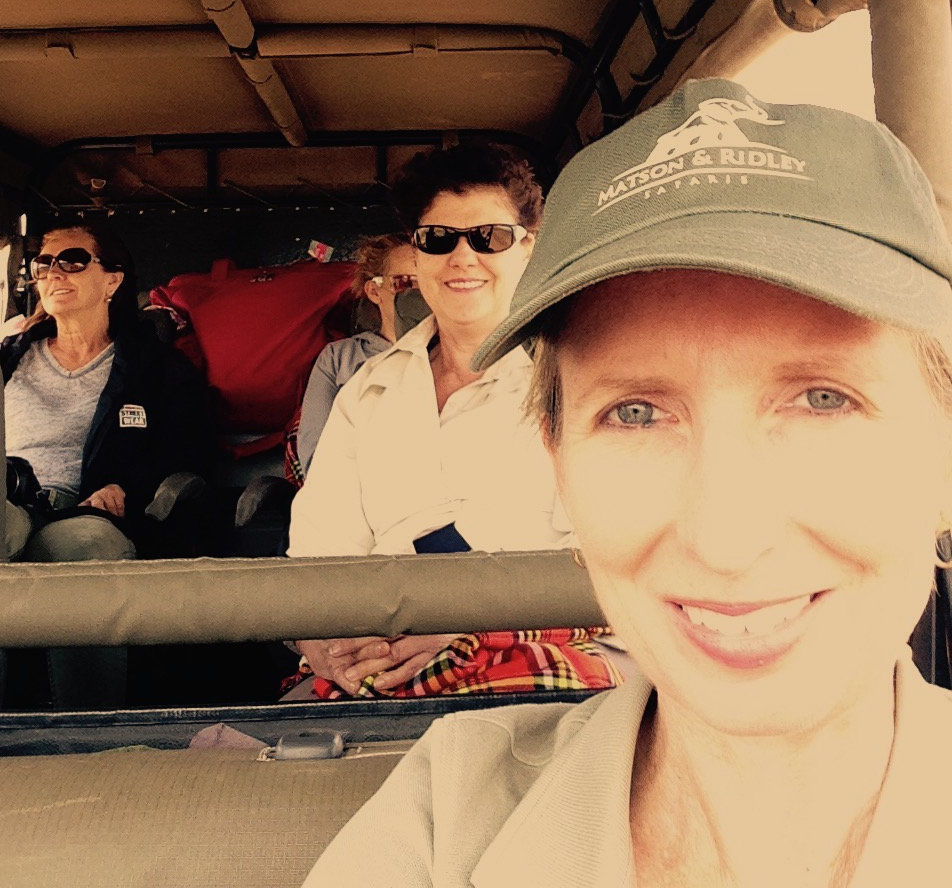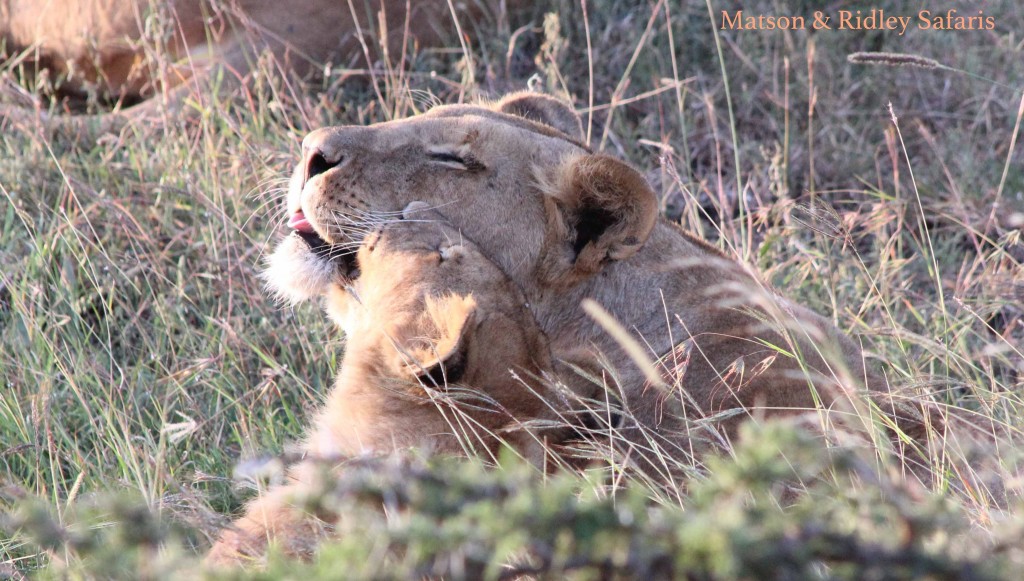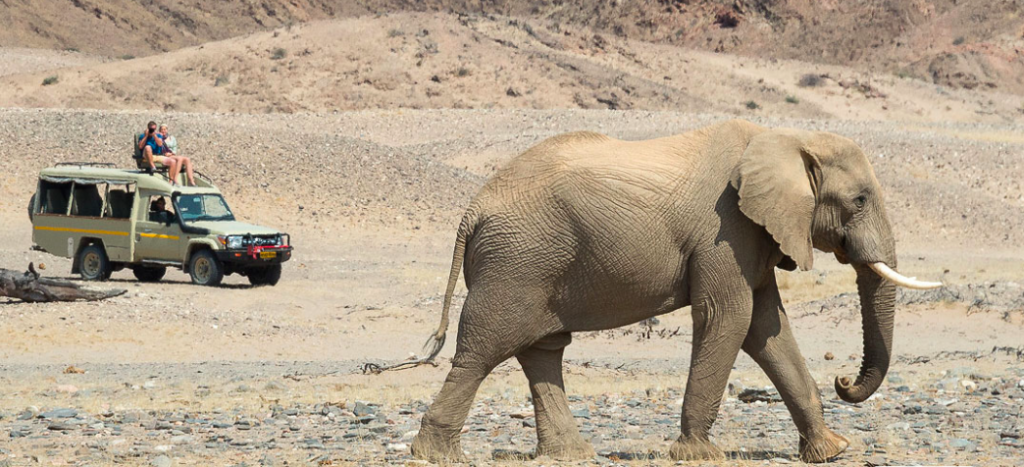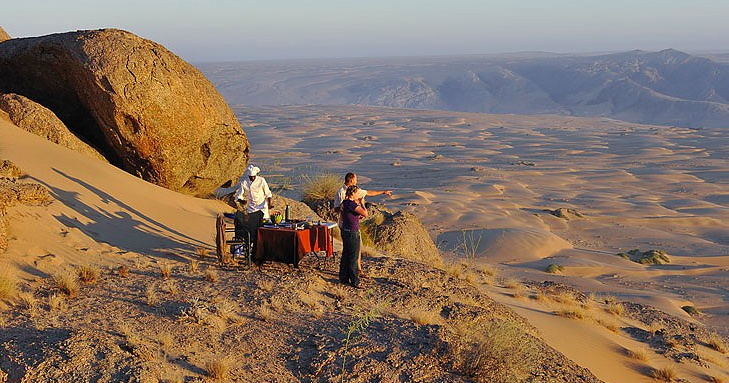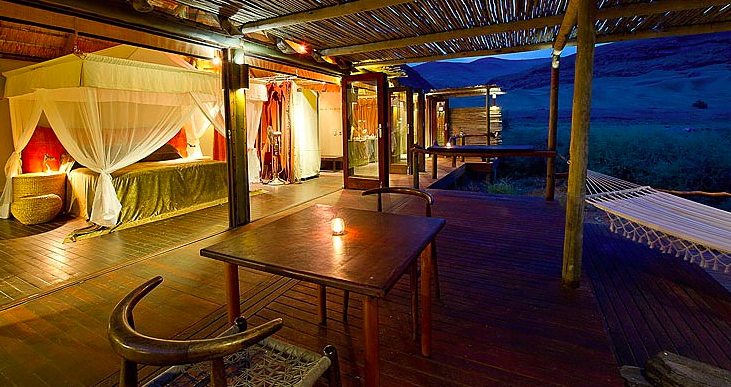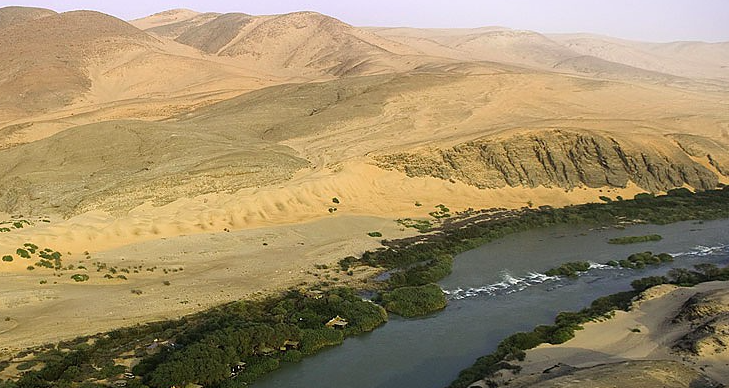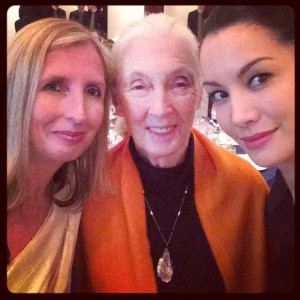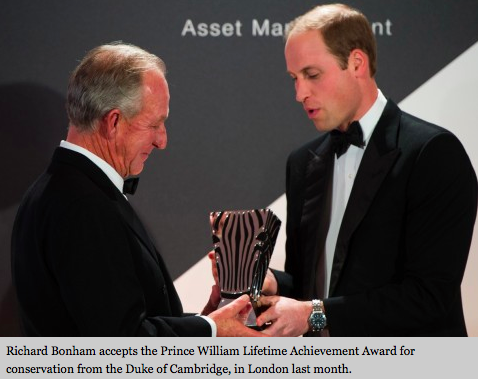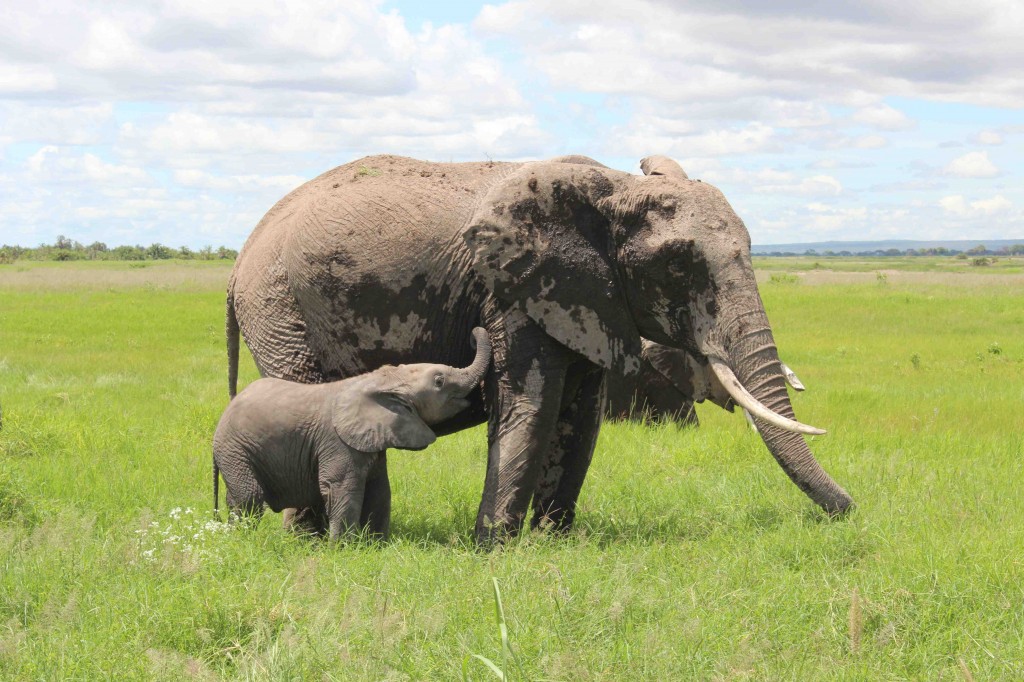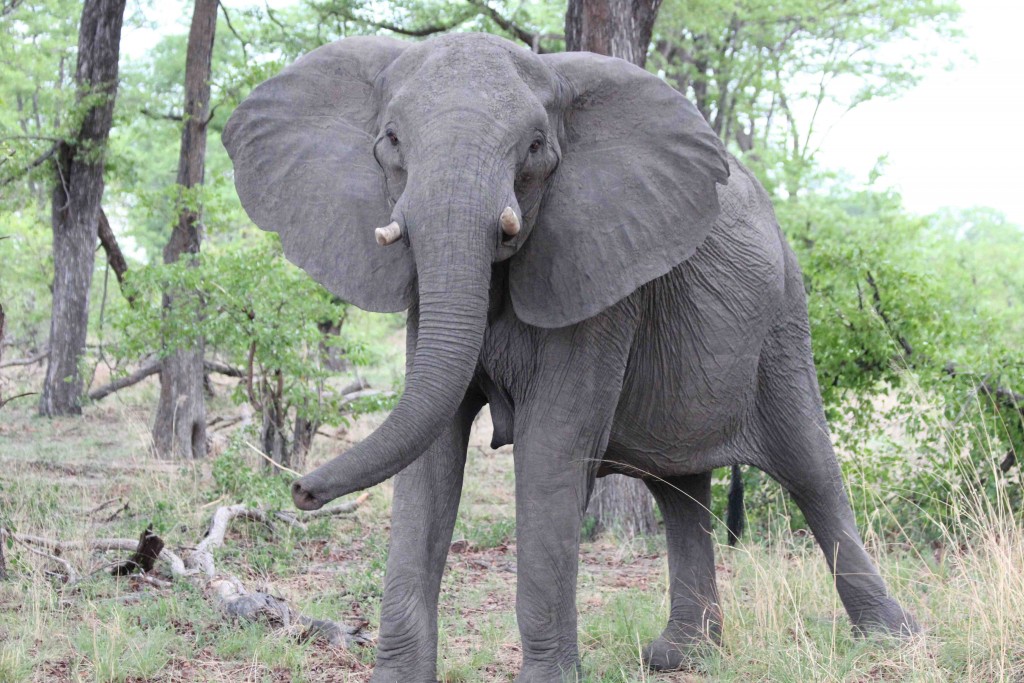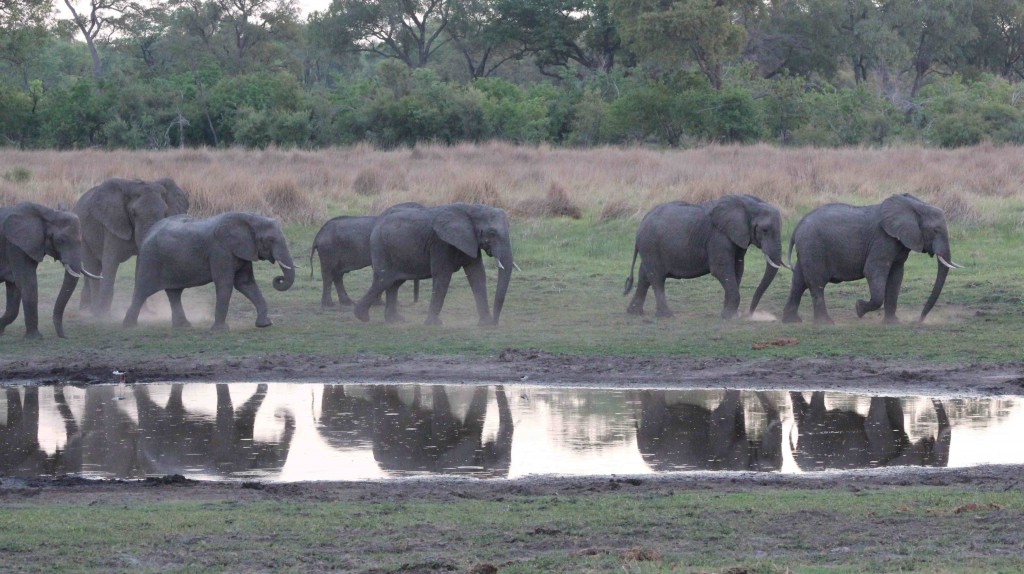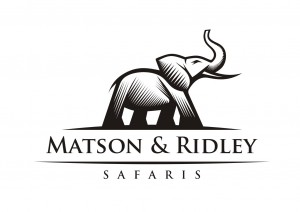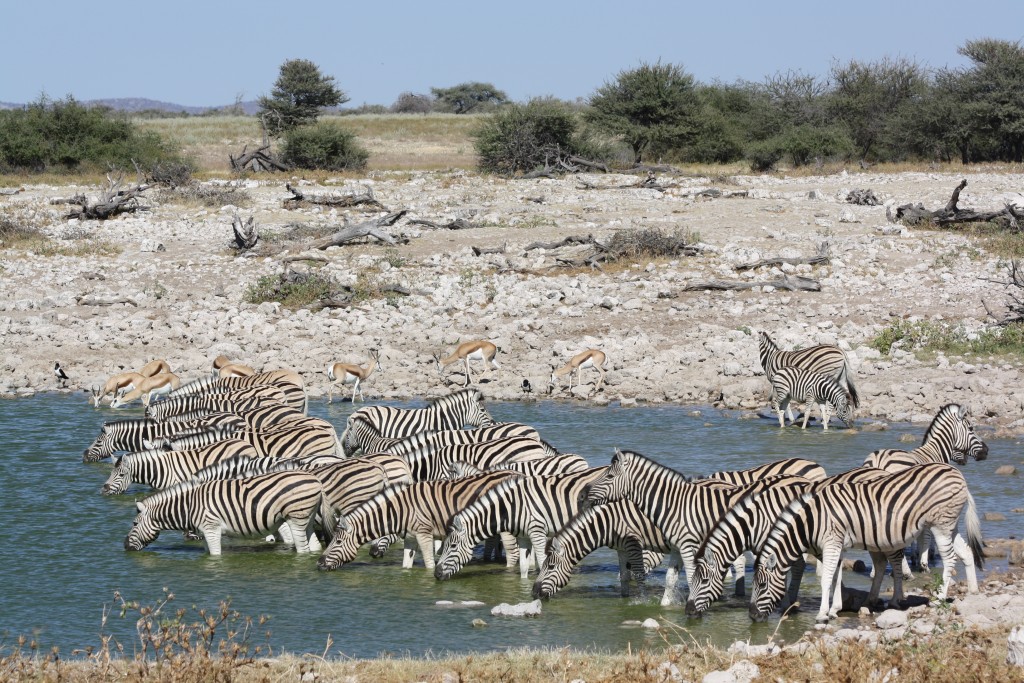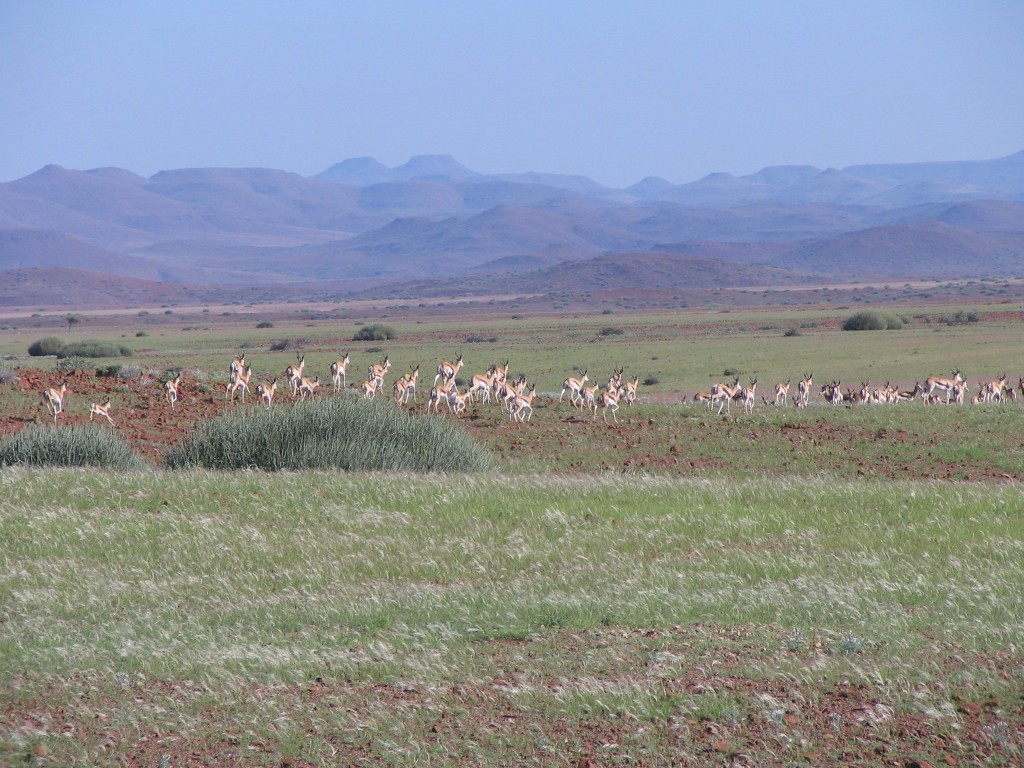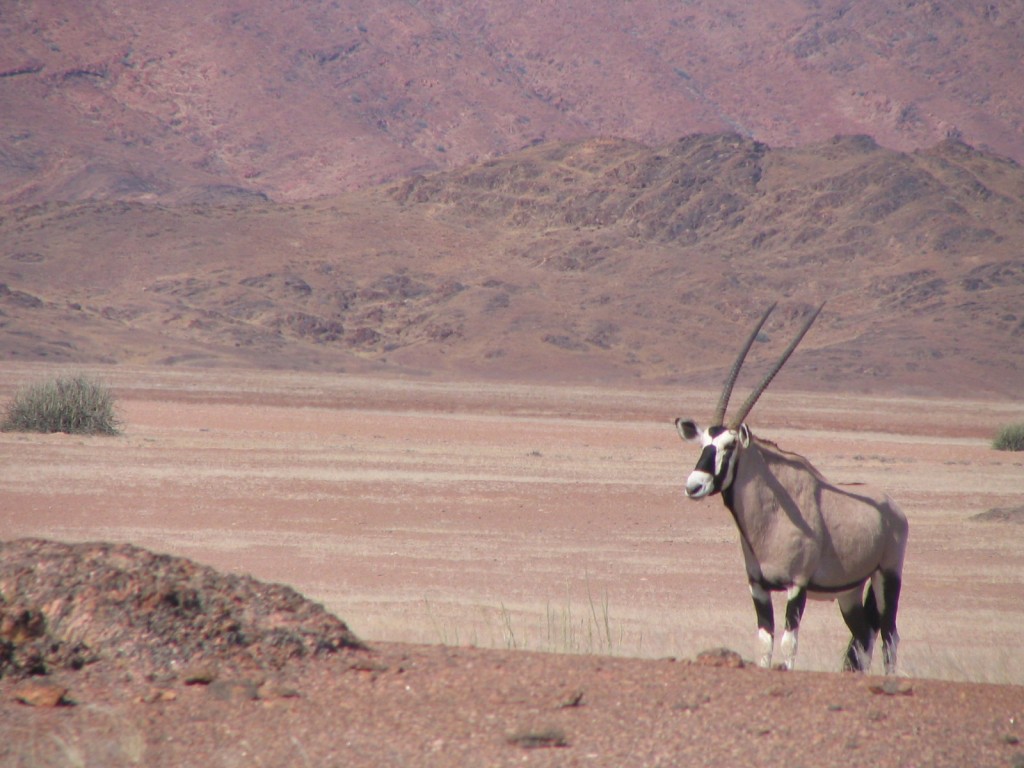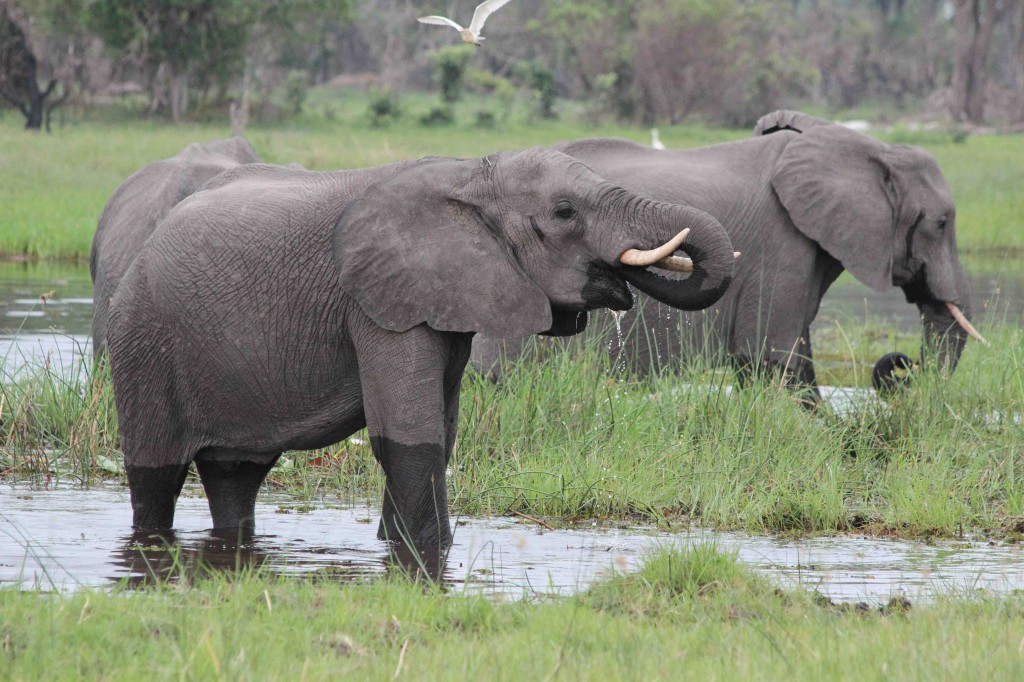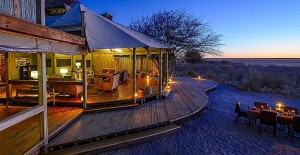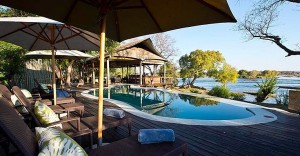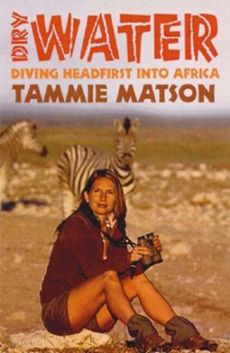Big News in the Elephant World
In the world of elephants, it’s not often that you see conservationists celebrating. President Xi Jinping of China’s announcement on Friday last week that China will join the USA in enacting near total bans on domestic ivory trade is… I think… worth cracking the bubbly over. We don’t entirely know the detail yet, and there is no timeline, other than what was in the White House’s statement, which includes agreement between China and the USA to work together in “joint training, technical exchanges, information sharing and public education”. But this could be a winning combination.
It will of course take some time to see the effects of these Presidents’ commitments, but this is definitely a big step in the right direction and with President Xi Jinping publicly declaring his support, surely this should make it a priority for Chinese policy. This is most significant because China is the world’s largest consumer country for ivory, representing about 70% of the trade, with the USA coming in second. With these two Presidents clearly stating their position that ivory trade will not be tolerated, this sets a precedent that other countries can now follow. Other south east Asian countries like Malaysia, Vietnam, Philippines, Singapore, Hong Kong and Thailand, also play key roles in the illegal trade, either as consumers or transit countries for illegal ivory.
In the last year or so we’ve seen several big players in the ivory trade undertake ivory stockpile crushings (the governments of the Philippines, Hong Kong, the US and China being a few). While this doesn’t really do anything to stop the trade, it does send a strong message that these governments are committed to ending the bloody illegal ivory trade.
Is the world turning a corner when it comes to ivory trade? Is the whirlwind of awareness raising starting to cut through in key consumer and transit countries for ivory? And most importantly, how long will it take for this to make a difference for elephants? Personally, I won’t be really celebrating until we start to see real population trends for elephants in the wild start to improve, and that’s certainly not happening yet. It was only a very short time ago that both Mozambique and Tanzania reported that at least half of their elephant populations have been poached in the last 5 years. Today, I feel cautiously optimistic, but we do need to keep the momentum up.
As I’m about to fly to Singapore and Melbourne for a week of talks on elephants, I’ve been investigating what the Singapore and Australian governments are doing to stop illegal ivory trade. In May this year, Singapore Customs seized their biggest illegal haul in over a decade, including $6 million worth of ivory. But we have yet to see any significant government ivory-related statements from either Singapore or Australia. When I met with Singaporean authorities last year to discuss this issue, I was informed that the Lion City would be crushing its official ivory stockpile shortly, but I haven’t heard anything since. In addition, with the strong influence that both southern hemisphere powerhouses have over other countries in Asia, particularly those that are struggling to get on top of this problem, I think both countries could do more to help this problem by exerting their influence in the region. It’d be great to see support from the governments of Australia and Singapore for countries like the Philippines and Thailand, to help them in the fight against illegal wildlife trade.
We know from the latest CITES report that the level of poaching of elephants is still unsustainable (and has been since 2008) – see the graph below. Anything above the red line is unsustainable (measured against natural population growth rates).
So elephants are far from being out of the woods. However, in addition to last Friday’s announcement from the White House, what also gives me some hope is that Wild Aid is starting to demonstrate some significant results from their Public Service Announcements in China, featuring the likes of David Beckham, Prince William and Chinese basketball player, Yao Ming, for both ivory and rhino horn. Wild Aid’s assessments suggest that awareness of this issue in China is improving (comparing 2012 to 2014), with a 51% increase in people surveyed realising that poaching is a problem and 90% of those who had seen the PSAs saying they would not buy ivory as a result. Read the report here.
Around the world on Sunday 4th October, hundreds of thousands of elephant- and rhino-lovers will congregate at the March For Elephants and Rhinos in 130+ cities. I’ll be marching and speaking at the Melbourne one, which has over 500 people coming. Melbourne residents can sign up to the march on Facebook. Anyone can sign the petition put together by the March organisers to encourage the Australian government to go further – click here to sign.
For those who want to learn more about the illegal ivory trade, please also come to watch the ‘Let Elephants Be Elephants‘ film and hear the latest from me on elephants the day before in Melbourne (this Saturday at 11am). You can RSVP here (where there are also full details of time and venue on Saturday). Singaporeans can join my talk at the Botanical Gardens this Friday at 4pm (full details here). It’s never been so important to keep the momentum up and show the world that we care about elephants and rhinos and will not stand by while they perish on our watch. Let’s all stand together and encourage all governments to follow the lead of China and the USA and commit to ending the illegal ivory trade!
Namibia: the land God created in anger
It had been a few years since I’d been back to Namibia, the desert land where I studied black-faced impalas for my PhD, later planning a reintroduction for the subspecies to their historic range in the far north west. Namibia is also where I went on to start my work on elephants, working with the San Bushmen in Nyae Nyae Conservancy to help alleviate human-elephant conflict over water. Namibia will always have a special place in my heart, and it gave me a great grounding in the how-to of practical conservation. It’s also a great place to go on safari, being easy and safe by African standards, and having the most astounding landscapes, fascinating cultures and unique wildlife, unlike anywhere else.
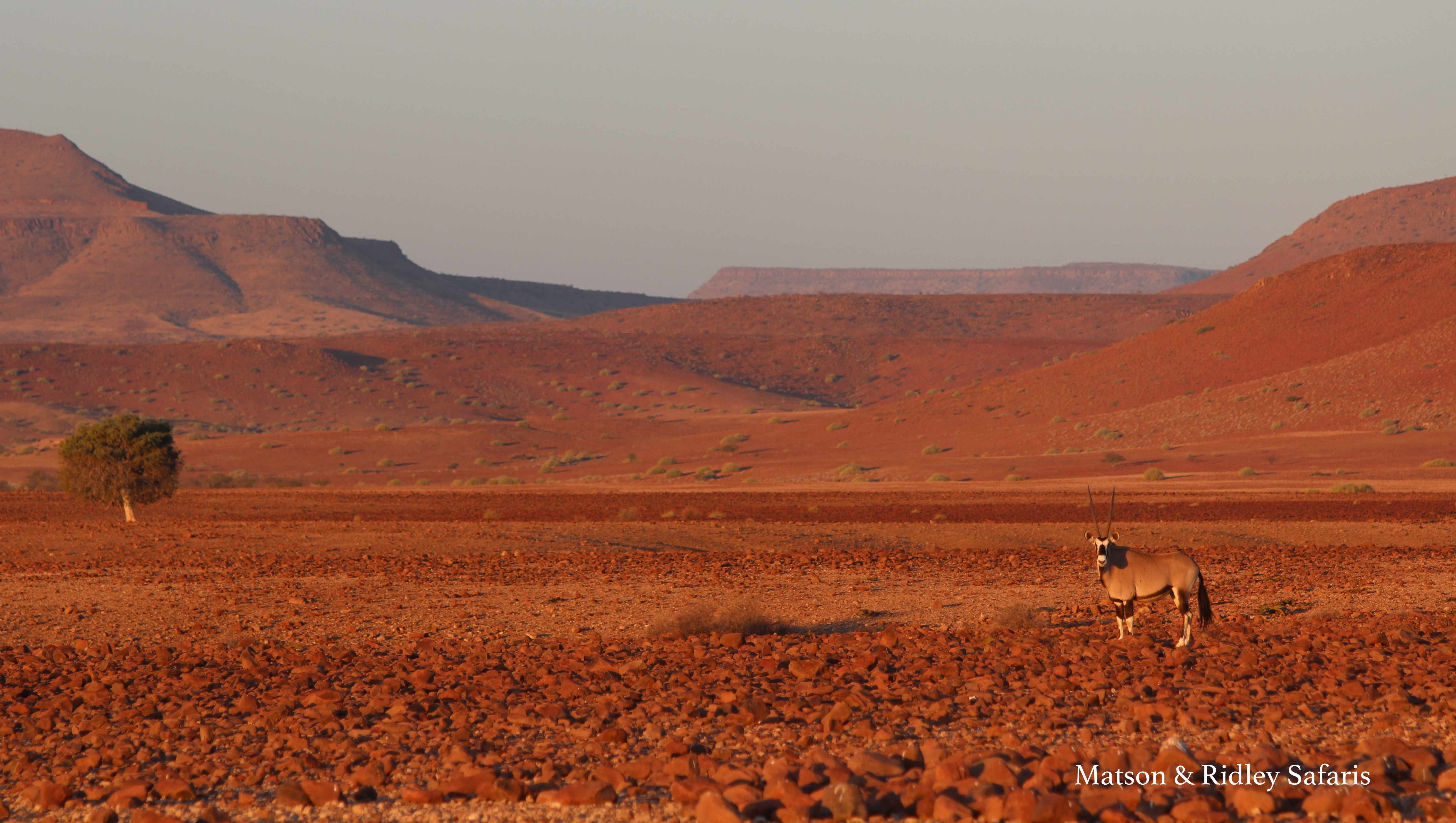
Oryx in Palmwag, Damaraland, near Desert Rhino Camp, a ecotourism partnership between Wilderness Safaris and Save The Rhino Trust, that also benefits 3 local communities.
I believe Namibia is one of the best countries in the world in terms of innovative, practical conservation, largely because of their highly successful community-based conservation efforts, centred around the communal conservancies. There’s no better place to visit than camps like Doro !Nawas Camp, Damaraland Camp, Serra Cafema Camp and Desert Rhino Camp, if you want to see how engaged local communities get when they have genuine ownership over their natural resources. It’s not only the fact that you have locals running these camps, as managers, waiters and guides – it’s the warm feeling you get from the staff, who are not just employees but owners and landlords.
I had a fantastic group of people on safari with me this time, mostly expats from Singapore of Dutch, Indian and American backgrounds, as well as a representative Aussie and a Kenyan! They were all up for an adventure, and that’s certainly what Namibia provides. Flying over the vast landscapes is half the experience, seeing the dune shapes from the air and if you’re lucky, seeing flamingoes and seals along the coast!
We kicked off the safari at Kulala Desert Lodge, the closest camp to the famous Sossusvlei area in the Namib Naukluft Park. I was delighted to find that my research assistant, Munekamba (now known as Ati-Sari), who helped me on my black-faced impala studies in north-west Namibia, is now the manager at Kulala Desert Lodge. If you’ve read my second book “Elephant Dance” you’ll remember the story of the two bull elephants standing over my tent while my assistant looked on from his roof top tent – well, that was Munekamba! After we worked together I introduced him to the managers at one of the Wilderness Safaris camps, and he’s done so well that he’s now managing one of their busiest camps. I’m stoked to say Munekamba saw his first elephant with me back in 2006 – and it was standing over my tent at the time!
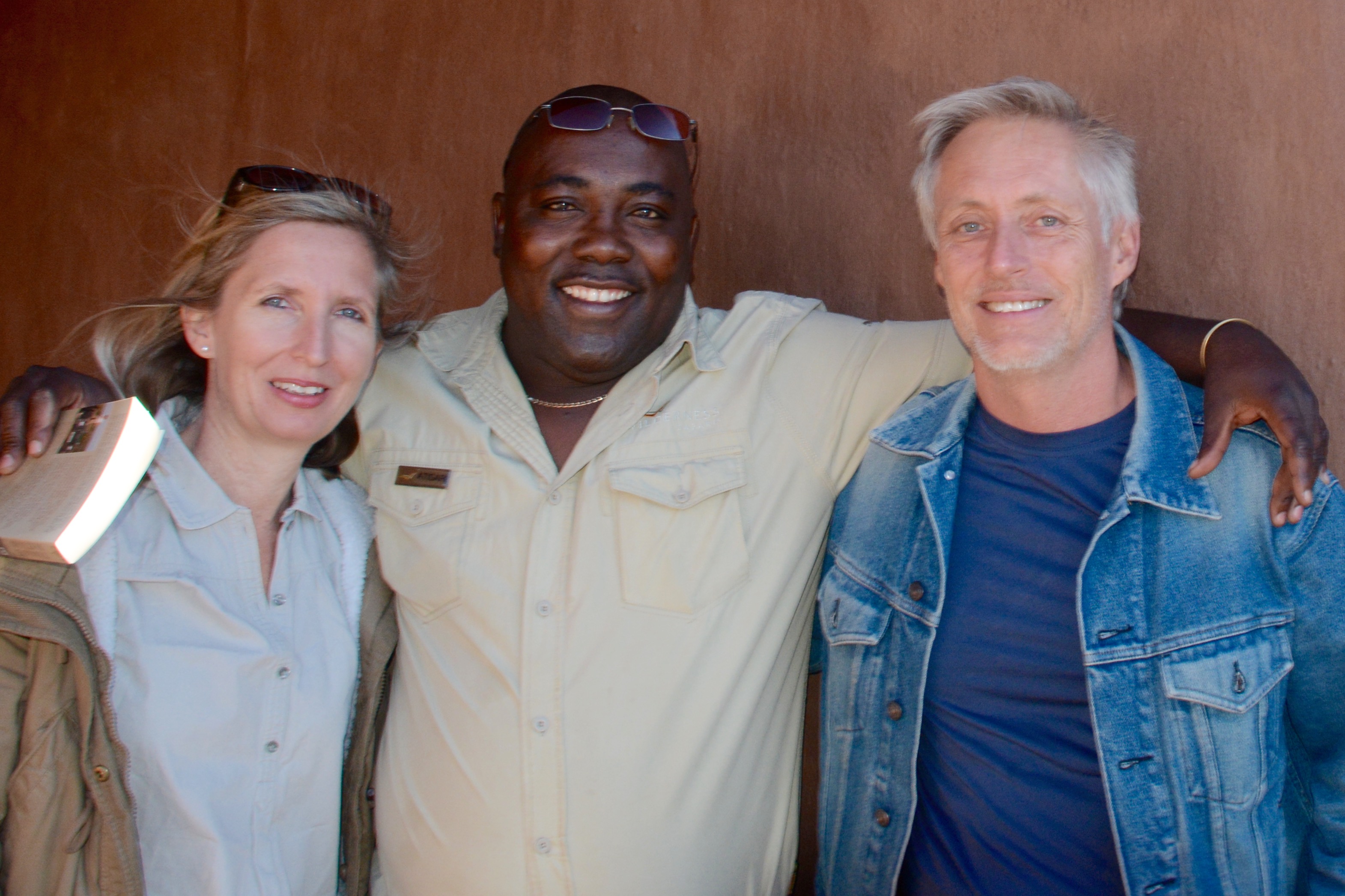
Me with Munekamba, my former research assistant, now known as Ati-Sari as manager of Kulala Desert Ldoge, and my Aussie guest, Robert Livingstone-Ward, who took the most incredible photos (check them out on Facebook – and this one above is also from his camera)
Kulala Desert Lodge is a great place to explore the Namib from. If you want, you can actually sleep on the roofs of the gorgeous chalets, star gazing from your bed as you drift off to sleep, however it wasn’t the best night for it for one of my group, Robert, as during the night a sand storm blew in and he had to make a quick departure inside! It was a wild morning in the dunes, as the more adventurous among us climbed the dunes, being literally blown right off their feet as cyclonic winds whipped across the desiccated landscape.
At Dead Vlei however, it was perfectly calm, somehow protected from the winds by its sunken position. We discovered several fascinating species in the Namib, including the white lady spider and a horned adder at Sesreim Canyon, plus a wonderful spotted eagle owl in a tree near where we stopped for coffee, all well spotted by our excellent Wilderness Safaris guides. But to me it’s always the oryx that steal the show in the Namib, these magnificent antelopes with their black and white markings and sharp, straight horns that make them stand out so strikingly against the pastel colours of the mountains.
Then it was off to Desert Rhino Camp at Palmwag in Damaraland, a place of incredible red, rocky, mountainous landscapes, and home of rare black rhinos who munch on toxic milk bushes (Euphorbia damarana), springbok and oryx, kudu and many more desert- adapted creatures. If the Namib is like landing on the moon, then Damaraland is like going to Mars. Here were were lucky enough to experience spotted hyaenas at a den, including two very young ones who walked right up to our vehicles with not a care in the world.
We joined the Save The Rhino Trust trackers on a walk to see a black rhino they had found earlier that morning, a bull known as “Don’t Worry”, who had been dehorned as part of a Ministry of Environment and Tourism initiative to reduce poaching in Damaraland. It never feels right to me to see a rhino without its horn, and I worry about the ability of the rhinos to defend their young against lions and conduct normal behaviours without this natural appendage. Sadly, there is evidence that poachers will still kill dehorned rhinos for the small amount of horn left below the skin, because of its high value on the illegal market in Vietnam.
There was lots of discussion around the campfire about rhino conservation, and a recurrent theme was the issue of legalising the trade in rhino horn, which seemed to be a popular idea among all the Namibian wardens, guides and rangers I spoke to. Many people in Namibia feel that they should be benefiting from the horns, not the criminals involved in the trade, or that the sales of horn could support rhino conservation. While this makes sense to me, I can’t imagine how wild rhinos, with such low populations today, and continuing to decline at 1000+ per year, could sustain a market in Vietnam, with its growing population of 93 million+ and increasing wealth. In Africa, a single horn can fetch three year’s worth of a local person’s monthly salary, so there are very real incentives for good guys to sacrifice conservation for economic motivation. We have to continue to support anti-poaching efforts in Africa, but I’m more convinced than ever that reducing demand in Vietnam is the most effective weapon we have to stop the slaughter. That’s why I think awareness campaigns in Vietnam (like Breaking the Brand) need much greater support, targeting the elite audience who are buying it. This battle cannot be won in Africa alone.
Desert Rhino Camp is a partnership between Wilderness Safaris and both Save The Rhino Trust and 3 Damara communities surrounding the Palmwag concession. Going there is truly supporting conservation because what you pay to visit directly supports the 3 communities and pays for the trackers to protect the rhino every day in the concession. I love examples of genuine community-based conservation like this, based on sound economic principles. And quite besides the feel good factor of going there and knowing the contribution you’re making makes a real difference, which the staff remind you about all the time by thanking you at least three times a day, the feeling in this camp is just magical. The staff sing and dance every night (and boy, have they got rhythm!), and on our last night they arranged a surprise starlit dinner out in the bush, something that me and my group will never forget. It was the highlight of our Namibian journey.
Finally it was off to see some big animals up close at the Ongava Game Reserve, right next to Etosha National Park. For me this is really home territory as I was based there for two years in a battered old caravan at Okaukeujo research camp while collecting data on black-faced impalas for my PhD. This part of the world is really fantastic in terms of wildlife in September, the dry season, because you get the big concentrations of animals at the waterholes, and on this front it didn’t disappoint. You can simply sit at a waterhole for hours in Etosha at this time of year, just watching the hundreds of animals come and go.
We also spent some time with mating lions in Etosha, walked up to white rhinos at Ongava and shared a cup of coffee at Okaukeujo waterhole with my old friends, Shayne Kotting (MET warden, Okaukeujo) and Birgit Kotting (MET, head of the rhino custodianship program).
I’d like to thank Dr Julian Fennessy of the Giraffe Conservation Foundation for giving us a talk on the plight of Africa’s giraffes on our first night in Windhoek and for joining us for a fun night at Joe’s Beerhouse afterwards. Julian really opened our eyes about the increasingly worrying state of Africa’s giraffe subspecies, and watch the IUCN red list this year which is likely to suggest that quite a few giraffe species are more endangered than we realised.
Thanks also to Abigail Guerier at Ongava Research Centre for the fascinating talk at Ongava on our last day on her work on the genetics of white rhinos. Fascinating to learn about the complex life histories of these prehistoric giants. Let’s just hope they are around for our children to see!
All in all, it was a fantastic life-changing journey, one that I certainly won’t forget, and I hope that all who joined me are now great ambassadors for the cause of conserving Africa’s wildlife. If you’re interested in joining my next Namibian adventure, contact me to sign up for an odyssey in to the ruggedly beautiful Skeleton Coast from 20-27 May next year, limited to 10 people and already half full. And last but not least…
Finally, a very big thanks to Susan van der Vloodt, who brought most of her family and friends along on this magical journey. There’s nothing like sharing an African experience with the ones you love, and for me it’s a real privilege to share Africa with others who love being there as much as I do!
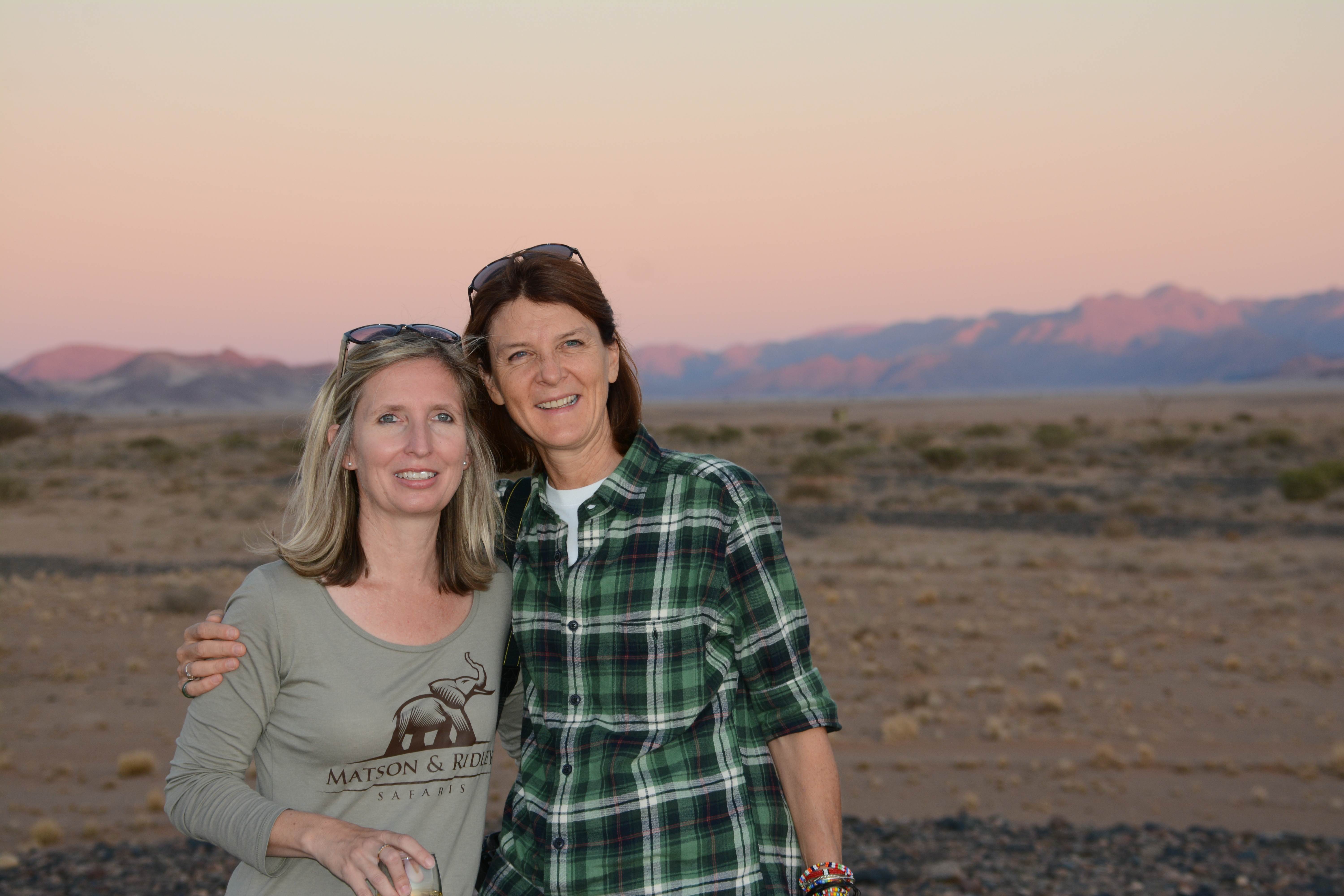
The author with Susan van der Vloodt at sunset in the Namib (thanks Robert Livingstone-Ward for taking this photo)
To see more photos from our Namibian journey, you can like our Matson & Ridley Safaris Facebook page by clicking here and pressing ‘like’.
Upcoming Events – Melbourne & Singapore
Friends in Melbourne and Singapore, I’m coming your way to talk elephants in early October so if you’re around please come along to see some beautiful elephant images an update from me on all things elephantine! More details of the events are coming soon, but for now put these dates in your diary! All of my books will be available at these events.
FRIDAY 2ND OCTOBER – Singapore Botanical Gardens, Function Hall. 4pm-5pm.
SATURDAY 3RD OCTOBER – Melbourne University, hosted by A Future With Elephants, including the Melbourne premiere of ‘Let Elephants Be Elephants‘ and presentation by yours truly. This will be held between 11am and 2pm, so won’t clash with any of you who are going to the AFL Grand Final that evening. Exact times and venue to be revealed shortly.
SUNDAY 4TH OCTOBER – Melbourne March For Elephants. 10.30am for an 11am start at Federation Square. Peaceful march through the city to Parliament Steps followed by speeches. Come and show your support for elephants and ending the illegal ivory trade! Join up here.
Out of Africa – Kenya’s Maasai Mara
There is a reason why Kenya’s Maasai Mara is so famous. Not only is this World Heritage Site Kenya’s most visited reserve, famous for its high density of herbivores and predators, it also protects one of the planet’s last great migrations of mammals, including about 2 million wildebeests, and a thousands of gazelles and zebras, which visit between July and October.
Now large herds of tourists aren’t my cup of tea, so while I just had to tick the Mara off my bucket list of must-see wildlife places, I didn’t want to share it with dozens of other homo sapiens in their open-top land cruisers. That’s one reason why I chose to use Asilia as my ground operator for my first group safari in the Mara, because their intimate, small camps make for an experience that is private and exclusive, and being in the private conservancies bordering the reserve itself you’re not lining up at cheetah kills with 17 other cars full of tourists. I can’t tell you what a huge difference this makes to your safari.
The other reason I chose Asilia is for their positive community and conservation impacts, which my group contributed to simply by going on the safari. We stayed at Naibosho Camp and the Mara Bush Houses, both part of unique conservancy partnerships that directly benefit local Maasai land owners, not only through paying rent in hard cash from the money people like us pay for the privilege of being there, but also through a whole lot of other benefits, like guide training, scholarships for primary school students and future conservation leaders. This is exactly the kind of tourism I like, because not only are the camps themselves low environmental impact (Naibosho is almost entirely run on solar and they use bucket showers to minimise water use), but they are sustainable in the long term because they’re directly linked to and benefiting communities.
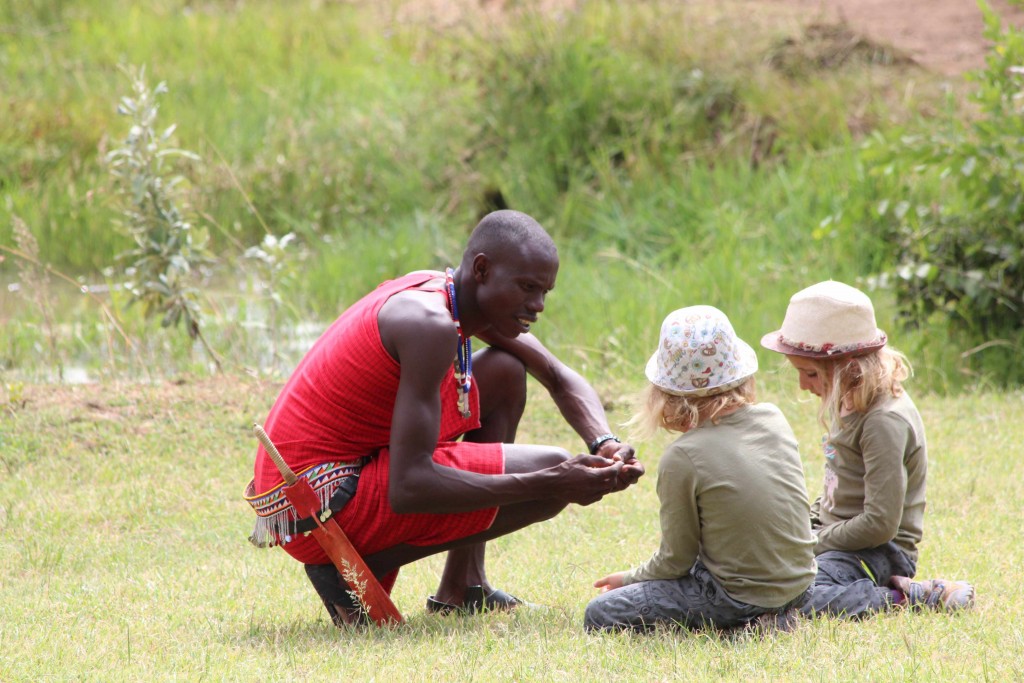
Maasai guide Sam sharing his knowledge with 7 year old twins, Lucie & Bella, at the Mara Bush Houses
So, all in all, a truly ethical safari with an absolutely brilliant bunch of Aussies. And the wildlife…. Holy moly! I don’t think I’ve ever seen the sheer volume of animals that we saw in the Mara anywhere else in Africa. The wildebeests were in their tens of thousands, far too many to count, and the sense of space you get on the vast plains of East Africa can’t be compared with anywhere else. And of course the huge numbers of herbivores draws big prides of lions. One group we saw had 9 cubs and at least 4 adults in the group. Lions mating. Lions stalking. Lions lying around, which of course is what they do best. I’ve never seen so many lions in one place.
A talk by resident Danish lion expert, Niels Mogensen, from the Mara Naibosho Lion Project, on the first day, really put things in perspective. The thing is, when you go on safari in a national park to see the animals, you could easily overlook the fact that there are local indigenous communities that live on the periphery and who are living with the wildlife and without their buy in the wildlife wouldn’t stand a chance. Maasai culture is centred on their cattle, which represent wealth and status, and over-grazing by cattle could be a serious threat to the Mara ecosystem, but community-based tourism gives them an alternative income source. Maasai herders are compensated if a lion kills one of their cattle. It’s not perfect, and it’s an ongoing process to try and find a harmony between people’s needs, their culture and the conservation of wildlife. But I think all of my group walked away with a deeper understanding of the reality of conserving this region’s wildlife, and the challenges local community and conservation workers face in finding a balance that works for everyone.
Now time for just a few of my favourite pictures showing a few of the highlights of our safari…. And if you’d like to experience the Maasai Mara with me, I can’t recommend it highly enough and I will be taking a group there for the wildebeest baby boom from 20-27 February next year so please contact me if you’d like to join. This is no ordinary safari. You’ll be with me and a small group of like-minded individuals on the experience of a lifetime, hand picked and organised by me all the way through. Here’s what a couple of my group members from this trip had to say about it!
“It was such a wonderful time the group was great thoroughly enjoyed our meals with each other as it was still intimate with the 13 of us! Such fun we had! With you as our leader you were just perfect! I am so glad I have met you (finally) and travelled with you, you are an inspiration! Keep up all your fantastic work!” Leonie Bayley
“Tammie, it was such an amazing time- it all seems like a dream!! It certainly was the experience of a lifetime. You did an amazing job coordinating it all and creating such a wonderful experience for all of us. Hopefully one to be repeated!” Sheelin Coates
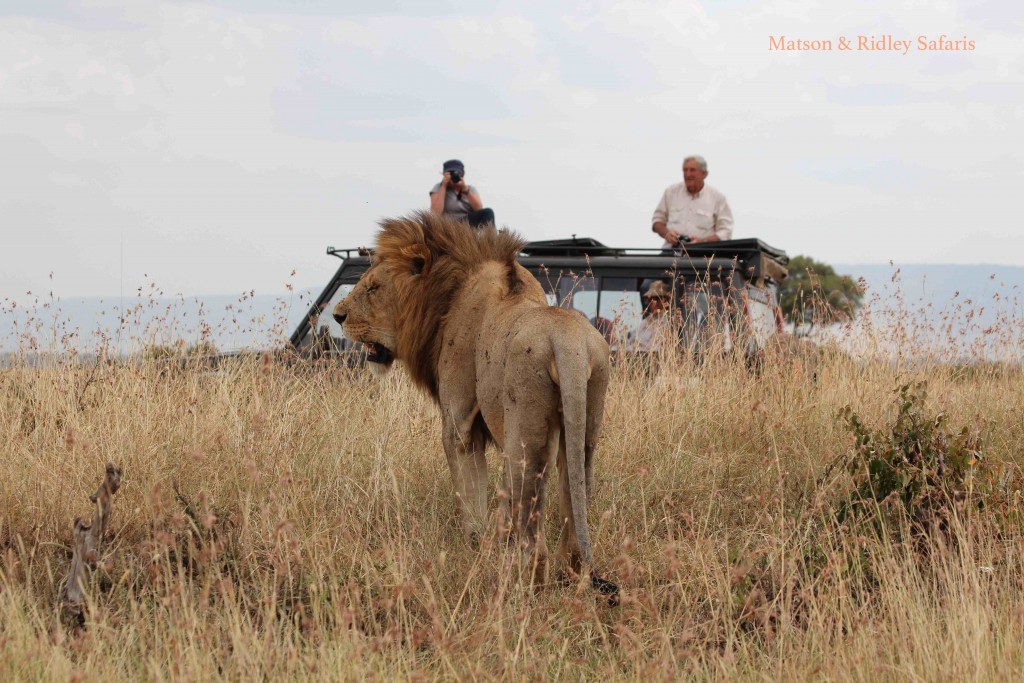
Our group watches a\n exhausted male lion (in between a week of mating every twenty minutes). That’s John and Fiona on top of the vehicle!
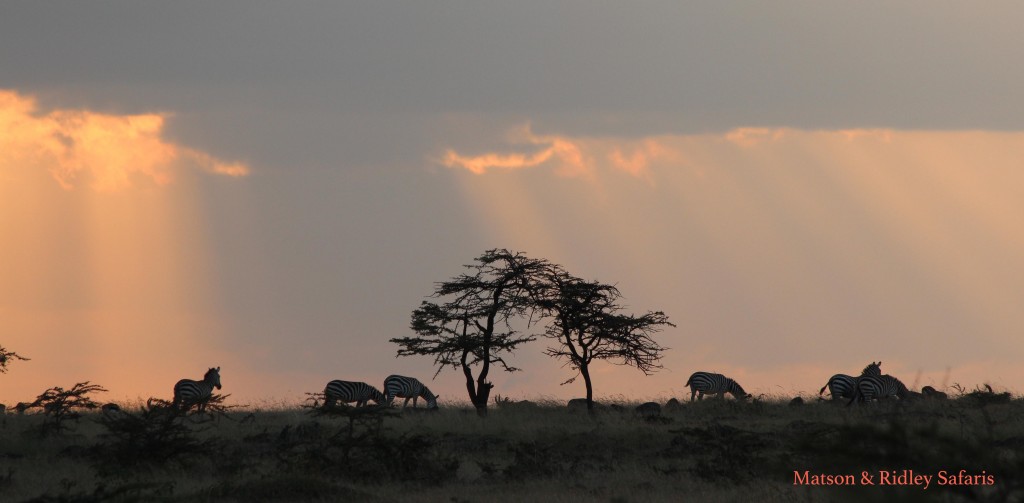
Zebras at sunset. I took this photo while watching a pride of lions right next to the car, which shows you that we saw a lot of lions in that I was starting to watch zebras instead!
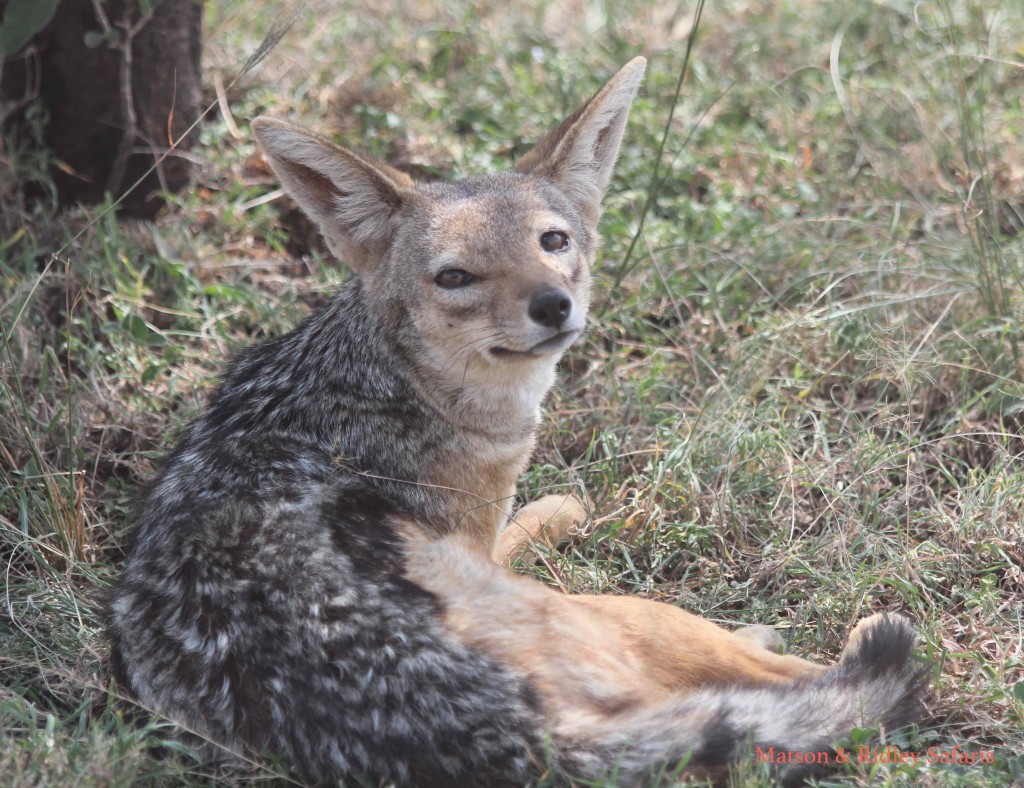
Black backed jackal – we saw a lot of these as there were plenty of carcasses around for them to steal bits off
Who’s Coming to the Skeleton Coast with Me?
Last year, Hoanib Skeleton Coast Camp won Tatler’s “Most Out Of This World” award. I reckon it would have been a tough choice for this between Hoanib Camp and Serra Cafema, two of the most remote and wild-feeling places you’re ever likely to visit, both of them run by Wilderness Safaris. That’s why my May 2016 safari focuses on these very two camps. Because I reckon they’re both awesome and, frankly, I want to go back there! I want you to feel the magic of Namibia’s wild spaces with me and go home feeling like you’ve just touched the moon. The truth is, in the modern world there’s not many places you can go where you are truly away from it all, hundreds of kilometres from civilisation and the things that own us (television, smart phones, meetings, commuting…). You won’t get a better escape than among the desert-dwelling animals and plants of Namibia’s North West region.
Right now I’m recruiting for my safari there in May next year (2016), which is already half full (up to a maximum of 12). Read on if you’d like to know more and get in touch with me here to sign up.

Can you see yourself here? (I can!) Serra Cafema Camp is set in the middle of the desert on the Kunene River
Namibia – Desert Dreaming Safari
If you’ve never experienced Namibia’s north west then you’ve got something special to look forward to! If you’ve ever dreamed of visiting the spectacular Skeleton Coast, meeting Namibia’s traditional Himba people, and spending time with desert dwelling elephants and lions in an environment that is wild, remote and pure adventure, then this is the safari for you.
Dates: 20- 27 May 2016
This luxury, conservation-focused safari kicks off on 20th May in Windhoek with a night at the Kalahari Sands Hotel, and then we’re off the next day by plane to Hoanib Skeleton Coast Camp for 3 nights. On our second day, we’ll do a full day fly-in excursion to the Skeleton Coast itself, where we’ll see shipwrecks, desert dunes, seals and so much more. I’ll spend time telling you about the behaviour and ecological functions of the elephants and other species in this unique, fragile region.
On 24th May, we’ll fly to Africa’s most remote and my favourite camp, Serra Cafema and spend 3 amazing nights there. I don’t know how to describe this luxurious camp – it’s so much more than an oasis in the desert. You just have to see it to believe it. A community partnership with the local Himba community is one of the unique features, meaning it really makes a meaningful contribution to the locals and hence to conservation. You’ll see how the Himbas live and breathe in landscapes so big you will feel like the tiniest of insects in this vast landscape. Serra Cafema camp also made the Top 50 in “Africa’s Finest” for its contribution to conservation.
Finally on 27th May, we’ll all fly back to Windhoek and bid farewell.
Price: SING$10,000/person sharing (approx AUD$9350 at current exchange rate on 3/3/15)
All meals and drinks are included in these safaris (with the one exception of the first night in Windhoek on the Namibian safari), all luxury accommodation, all park and community fees, two activities daily, internal flights between camps, laundry, and donations to relevant conservationists we spend time with. Travel insurance is compulsory and can be added separately. International flights to and from your home town are not included.

The local Himba people benefit from the community partnership with Wilderness Safaris that is Serra Cafema Camp
Remember that the price also contributes to local conservation projects and keeps the wildlife and traditional communities you meet along the way afloat – so it’s really as good as a donation to charity. You’re also keeping my conservation work going, as my safari company is what pays the bills and allows me to do my conservation work for free.
Group size is limited to 12 people and this trip is currently half full. Family groups are welcome. Please get in touch with me now if you’d like to sign up for this amazing adventure!
Elephant Round Up
We’ve seen some promising signs from China in the last week in relation to the ivory trade driving elephant poaching in Africa, with the Chinese government conducting their third ivory destruction in the last eighteen months and committing to phase out its legal, domestic ivory industry. No time line has yet been given, but it is encouraging to see the Chinese taking stronger measures and the steps have been lauded by conservation organisations.
So are attitudes changing? A survey by WildAid showed that 95% of Chinese supported a total ban on ivory sales. Another one by WildAid, the African Wildlife Foundation and Save The Elephants showed that three quarters of Hong Kong residents supported a ban on ivory sales there too. Hong Kong is a major transit point for ivory to Chinese market places.
The Let Elephants Be Elephants team participated in an awareness and fund raiser for elephants in Hong Kong in November last year, run by the Hong Kong Elephant Society. Our campaign has always been focused on South East Asia, but we are now starting to form some good working partnerships with organisations in Hong Kong as well.
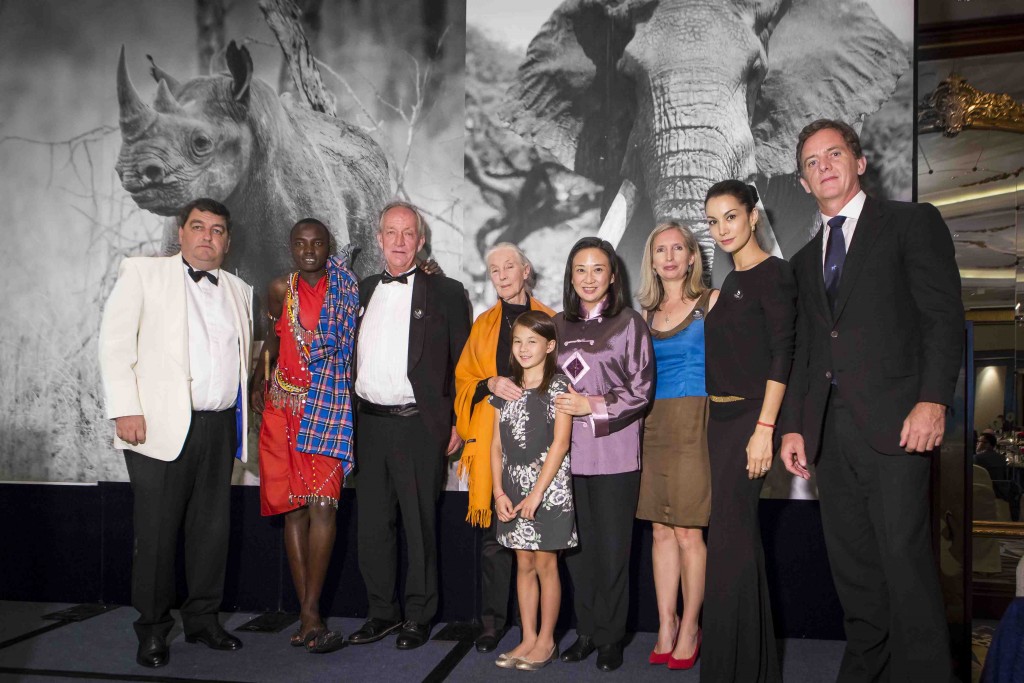
HK Elephant Society co-founder Colin Dawson, Maasai spokesperson John Tabula, Big Life’s Richard Bonham, Jane Goodall, one of the amazing kids who started the movement which led to HK’s first ivory crushing, pro-environment legislator Elizabeth Quat, the LEBE team (me and Nadya Hutagalung), HK Elephant Society co-founder Ted Hodgkinson.
Other organisations that participated on the night were the Big Life Foundation, David Sheldrick Wildlife Foundation and the Jane Goodall Foundation.
There were some great heroes of conservation in the room that night. In one of the most special moments of my career, I had the pleasure of meeting Dr Goodall (photo above), whose book “In The Shadow of Man” I read when I was dreaming of becoming a wildlife researcher back in the early 1990s. Richard Bonham, COO of Big Life, went on from our event in Hong Kong to London to accept Prince William’s Life Time Achievement Award for conservation, so we were in fine company! Also there in support of elephants were the pro-environment Hong Kong politician, Elizabeth Quat and Hong Kong For Elephants‘ campaigner Alex Hofford. The night raised significant funds for three organisations, including a donation to LEBE’s Thailand demand reduction campaign.
Following successful launches in Singapore, Hong Kong, the Philippines and Indonesia, the Let Elephants Be Elephants campaign is planning to focus on Thailand’s ivory market in the next phase of the campaign, and this year so far we’ve been working on bringing in funds and developing the partnerships to roll out the campaign.
We’re heartened by the fact that the Thai government has taken some strong measures towards controlling their ivory markets in the last year, including strengthening laws around ivory trade and clamping down on registration of ivory across the country. We don’t entirely know what this means yet for ivory markets and elephants. LEBE co-founder Nadya Hutagalung found fewer stalls selling ivory in Bangkok during her visit there earlier this year than last year during the filming of the LEBE documentary, which was encouraging, but may also suggest the sellers are uncertain of what the future holds. What we don’t know is whether ivory sales have simply gone underground, and how long existing measures will be enforced. The need for education to reduce demand for ivory remains as strong as ever.
So what’s happening in Africa? Well, the bad news this week has been the WCS report showing the devastating loss of half of Mozambique’s elephants in the last five years. In neighbouring Tanzania, new census figures have shown a decline of 60% of the nation’s elephants in the last five years. This is happening right now! In addition, in western and central Africa, the ivory war is as bloody as ever.
Thankfully there was some good news in amongst the bad this week in the elephant world. This week I was heartened to see a report by WCS from Uganda showing that their elephant population is on the rise, with more than 5000 across the country (still quite low numbers in the big scheme of things however). And don’t forget that in countries like Botswana, the country with the world’s largest elephant population, they are doing just fine. I saw a commentary just today suggesting that South Africa has ‘too many’ elephants, a term I used to hear a lot when I lived in southern Africa in the early 2000s, but not so much these days. Does South Africa have too many elephants or just too little land?
With some countries at threat of losing most or even all of their elephants in the next decade, and others with good, strong populations, we need to look at Africa’s elephant population as just that – Africa’s – rather than one or another country’s elephants, because the species roams across human-defined border as if they don’t exist. The good thing about this is that elephants can expand into new areas when they know they are safe, repopulating former ranges across borders, and that’s where the idea of Africa as a series of interconnected parks and communal conservancies gets interesting. This is already happening in several countries, with great results.
I guess my point this week is that it’s easy to get overwhelmed by all the stories out there about the ivory wars, but bear in mind that both Africa and Asia are big places and the situation is different everywhere. While we might be losing the ivory war in some countries, and we may well see localised extinctions of elephants in some parks and/or countries in the next decade, we’re starting to see improvements in others. So don’t lose hope.
Remember that if you love Africa and you love elephants, make your next safari an ethical one that ‘gives back’ to the local communities who live with elephants and ensure their survival. Drop me a line for more info on joining one of my conservation focused safaris that make a difference.
5 Reasons To Visit Namibia, Land of Big Skies & Desert Dunes
Where should you go on safari in Africa? The choices seem bamboozling at first – Kenya, Tanzania, Zimbabwe, Botswana, South Africa… All are amazing and have their own unique angles and experiences, but I’m going to share a few reasons why I think you should consider one of my favourite safari destinations – Namibia. If my photos below don’t convince you, consider these five reasons why Namibia should be on your bucket list.
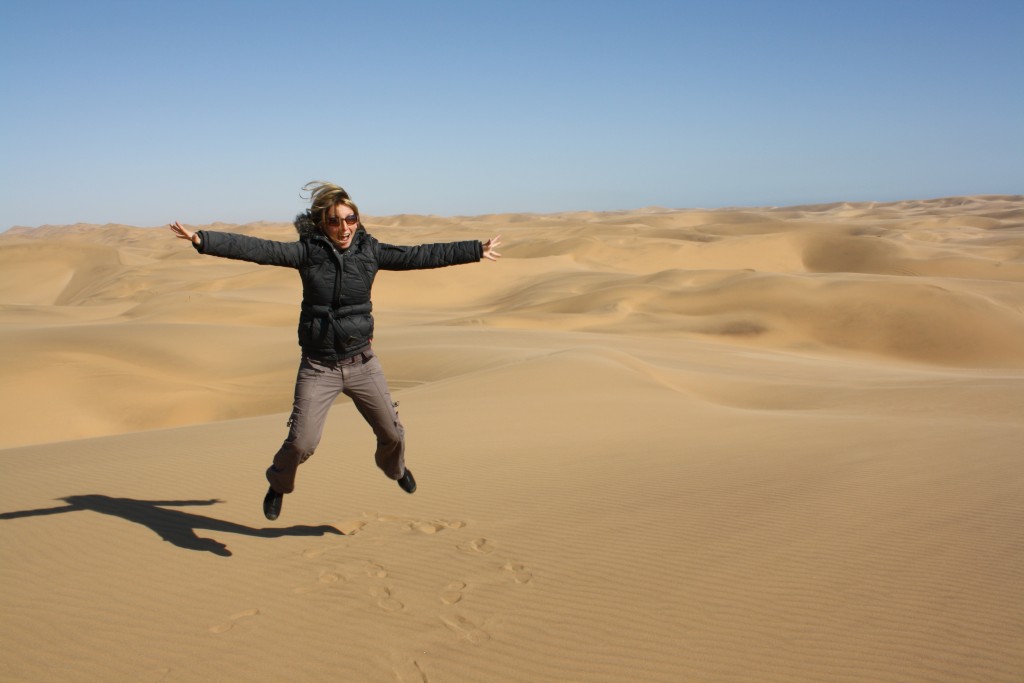
Don’t ask me why, but even if you’re not the kind of person who tends to do random jumps in the sky, Namibia’s vast sands will make you want to
1) Safety.
Namibia is one of the safest countries you can go on an African safari. A whole lot of people don’t realise that there are less safe countries to visit in Africa (Nigeria, Congo and parts of West Africa spring to mind) and there are much safer countries, like Namibia. In my opinion, the two safest places to travel in Africa are Namibia and Botswana, partly because of their low human populations, and secondly because you don’t get the same kind of crime that you get in some other countries (like South Africa). Namibia is fabulous for families and first timers to Africa. We always used to call it “Africa For Beginners”. Lots of people do self drive safaris there because the roads are good and the scenery is spectacular.
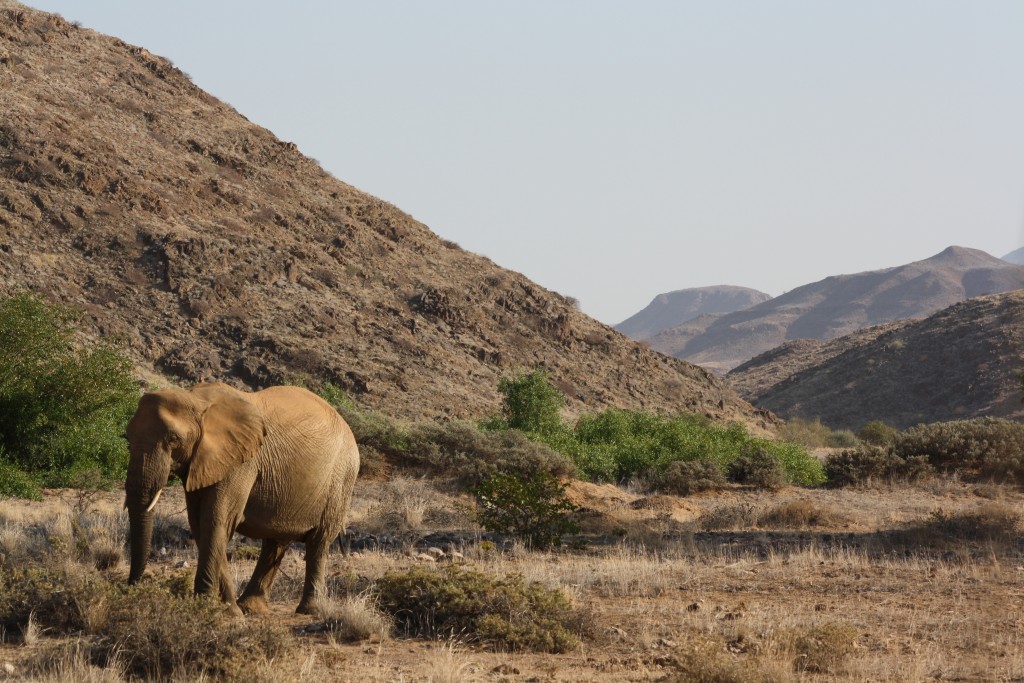
Desert elephants in Namibia. These are savannah elephants with special adaptations to life in the desert.
2) Space.
Most of us live in a world that is full of people living in close proximity to each other. We are constantly bombarded with commercialism and consumerism, bright lights, loud noises, all those things that are part of capitalistic life in the modern world. Namibia’s desert is the opposite of all that. There’s something about being miles from anyone else, enveloped by vast spaces and enormous skies, that provides a unique kind of escapism. For me, it’s a place I can breathe.
3) Conservation.
More than half of Namibia is under conservation protection. I mean, think about that. It’s amazing. Australia’s only got about 12% under protection. It’s not all national parks in that 50%+ under protection in Namibia, although at almost 20% in national parks that’s a big chunk too. The key is all the communal conservancies managed and legally run by the local ethnic groups. Namibia is one of the finest examples of community-based conservation you’ll find on the planet and tourism is a big part of that success story. In Namibia they’ve really got their head around giving local communities benefits from the wildlife, and that translates back to their excellent conservation record. If you book an ethical safari through Matson & Ridley Safaris, you’re directly contributing to this conservation success. Read more about Namibia’s community-based conservation at the website of the Namibia Nature Foundation.
4) Unique wildlife
The safari experience you get in Namibia is like no other. You won’t get all of the ‘Big Five’ (lion, leopard, buffalo, elephant, rhino) on your first game drive. Namibia’s about quality, not quantity. What you will get is a single, regal, solitary oryx antelope standing on the desert dunes at sunset. You’ll get tall, white elephants in Etosha (in the dry season), coloured that way because of the white dust flung off the enormous pan. You’ll get tiny lizards that dance to stop their feet overheating on the boiling hot sand, and desert beetles with tiny ridges on their backs that trap the moisture from fog rolling in from the coast by standing into the wind on a ridge of sand. What you get there is unique desert-adapted wildlife in huge landscapes that even dwarf elephants.
5) Variety
On a single safari, you can experience the sandy orange dunes in the Namib Desert, the red, rocky volcanic landscapes of Damaraland in the north west, thorny bush lands and of course the famous Etosha salt pan fringed by short grasslands. In the north east you get big flowing rivers and in Bushmanland you get ancient, towering baobab trees. It’s incredibly diverse. You do have to cover a bit of distance as it’s a big country, but your money goes a long way in Namibia. There are also at least 11 ethnic groups in Namibia, from the traditional ovaHimba people to the cattle-focused Hereros and the San Bushmen.
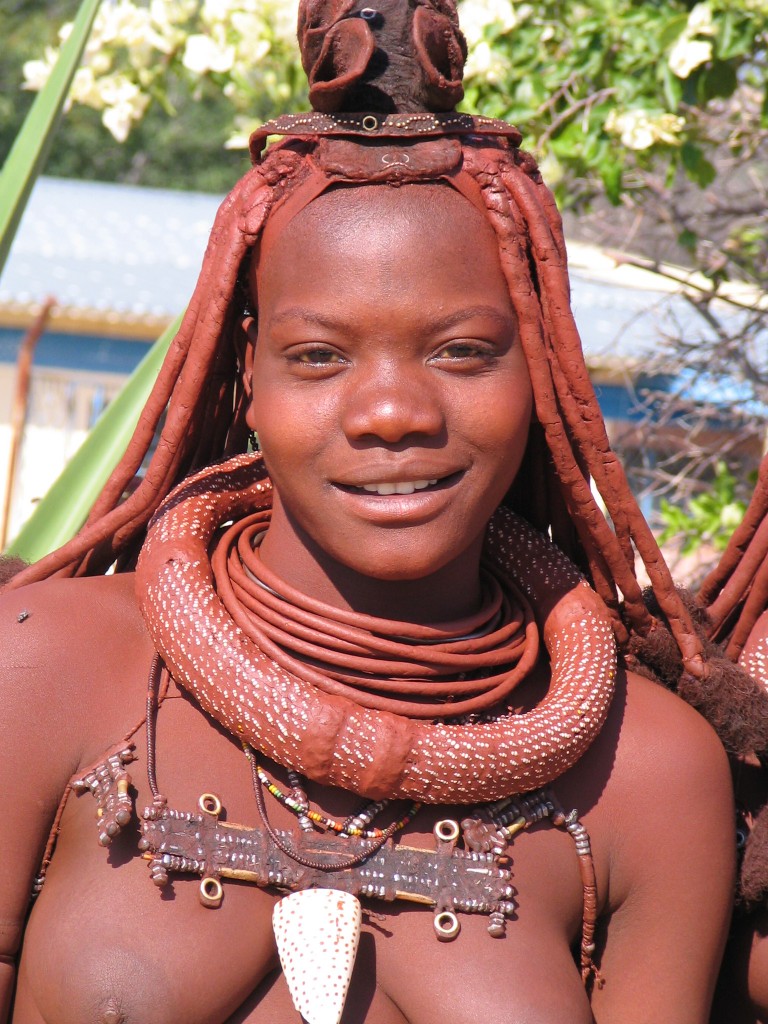
Meeting the local people while on safari is always a highlight, especially in areas where they benefit from the dollars you’re paying to visit them
I’ve got a few places left on my north west Namibia safari in May 2016, and only 1 spot for a single male for this year’s Namibian safari in September, so get in touch if you’d like to experience this amazing part of Africa with me. Alternatively, drop me a line if you’d like to book your own self-drive or fly-in safari in Namibia and I’ll plan an itinerary for you and your family that gives you your dream safari while making a difference in conservation. Namibia’s worth it, trust me!
Fancy a real wildlife adventure?
This week I thought I’d share a few videos of the great work being done in the Save Valley Conservancy, Zimbabwe to conserve wildlife, the location of one of only two conservation safaris I’ll be leading in 2016. (Click on this link for details)
This 8 minute preview to the upcoming documentary “Ranger Danger” by Reel Life Productions shows the work of the specialist rhino anti-poaching team in the Save Valley Conservancy, Zimbabwe. The short film takes you behind the scenes in the daily battle to save Africa’s rhinos. Featuring insights from Bryce Clemence and his anti-poaching rangers, scenes of a wild dog being de-snared, as well as a re-enactment of an encounter with poachers (seemed real enough to me – trust me, you feel the adrenaline!).
On my safari to Zimbabwe in July next year, as well as spending time tracking rhinos with Bryce’s team, we’ll also be hanging out with the team working to conserve African wild dogs, Dr Rosemary Groom and Jess Watermeyer, and for some pure magic, spending time at a wild dog den while there are puppies! You’ll get to hear about African wild dog behaviour directly from the experts. Check out the video below to see the research team removing a snare set by poachers from an endangered wild dog. Wild dogs are highly social and quite playful with each other. Stay tuned for a future blog all about them…
And last but not least, we’ll spend a morning on my safari with Karen Paolillo, ‘the hippo lady’ at Turgwe Hippo Trust, who has been in the area for over two decades, observing up close and personal the hippos and their behaviour in the Turgwe River, and Karen’s special relationship with them. I don’t think there’s anyone in the world who knows wild hippos as well as Karen does, and visiting her is a truly special experience. Karen’s home, “Hippo Haven”, attracts all sorts of animals, including baboons, vervet monkeys and warthogs.
To spend time with the awesome rangers fighting for Zimbabwe’s rhinos, as well as Rosemary Groom’s wild dog team and Karen Paolillo and the Turgwe hippos, join my conservation safari to Zimbabwe in July next year. A portion of what you pay to go on this safari goes directly to the projects we’ll be visiting. Click here for more information. Don’t wait to add your name to the list as I am booking this safari now due to the popularity of the camps, which book out a year in advance. Experience the passion and the adventure of Africa with me while contributing to important conservation work – this is a safari that really makes a difference!
The World of Hyaenas
I’m a massive fan of hyaenas. They’re comical, cheeky and downright cute if you look at them from the right angle. One person who agrees with me is Dr Martina Trinkel, who was studying spotted hyaenas in Etosha National Park when I was studying black-faced impalas for my PhD many years ago. We both lived at the research camp at Okaukeujo, but for my first six months I barely knew her, as being a researcher of a nocturnal predator, she would go out at sunset to look for hyaenas just as I was coming back for a good night sleep after a day of studying impalas. I would see her return home in the early hours of the morning, just as I was heading out. You’ve got to be dedicated to be a predator researcher, out all night in the desert cold, patiently seeking elusive animals in the dark, but as this interview with Martina shows, she developed a huge respect for the hyaenas we all know and love from ‘The Lion King’.
Join Author Sally Henderson in Botswana
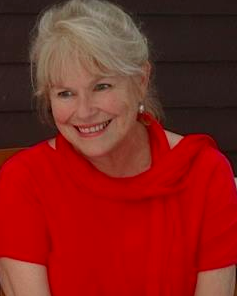 Author Sally Henderson and I have been good friends since long before either of us ever knew we would be published authors. Like me, Sally loves Africa with a passion, and so I’m very excited to offer you the exclusive opportunity to travel to Africa with Sally during Botswana’s amazing green season this year!
Author Sally Henderson and I have been good friends since long before either of us ever knew we would be published authors. Like me, Sally loves Africa with a passion, and so I’m very excited to offer you the exclusive opportunity to travel to Africa with Sally during Botswana’s amazing green season this year!
Sally’s love affair with Africa and its elephants came to life in “Silent Footsteps” and in its sequel, “Ivory Moon”. Join this thoughtfully planned safari and you will experience that passion for yourself as Sally shares her unique perspective of the wilderness and its creatures. You might even learn a thing or two about writing along the way.
A one-off journey that makes a difference to local wildlife and people, the safari incudes the Kalahari Desert, the World Heritage listed Okavango Delta, the Chobe river ecosystem and the majestic Victoria Falls, a truly unforgettable exploration into untamed Africa among an intimate group of like-minded travellers. Traveling in the safety and comfort afforded by one of Africa’s top ecotourism operators, Wilderness Safaris, in partnership with Matson & Ridley Safaris, you will be taken care of every step of the way and can trust that a significant portion of what you pay to go on this safari benefits local people and wildlife.
In the green season you can expect awe-inspiring thunderstorms and sunsets, lots of baby animals and warm summer days and without the crowds and price tag of the dry winter months (check out my recent photos taken in Botswana’s green season last year – click here). Don’t miss this exciting opportunity to join Sally Henderson’s intimate adventure into the Okavango Delta for 9 nights in November this year. This intimate safari is limited to 8 people sharing so contact me now to sign up.
Sunday 29th November – Kalahari Plains Camp
Set in a remote part of the diverse and productive Central Kalahari Game Reserve, this camp offers some of the best summer wildlife viewing opportunities in Africa. Located in the largest conservation area in Botswana, its star attractions include the legendary Kalahari black-maned lion and excellent cheetah viewing. The camp itself overlooks an immense pan with endless horizons and beautiful skies. The main area has a lounge and dining area with a swimming pool and deck. Solar power provides all the electricity and hot water in camp and insulated canvas walls and roof keep temperatures inside the units comfortable. One of the unique experiences at this camp is the interpretive ‘Bushman walk’ where you can immerse yourself in the culture of the Kalahari San.
Tuesday 1st Dec 2015 – Gomoti Tented Camp, Botswana
Gomoti Tented Camp lies in the centre of the private 6 000-hectare Santawani Concession, in the south-east corner of the Okavango Delta. The camp is nestled under large acacia trees in a diverse game-rich area. Most of the concession area comprises a mixed woodland habitat that gives way to open grasslands which can transform into floodplains in years of plentiful water. The area is rich with the wildlife for which the Okavango Delta is famous, including elephants, lions, African wild dogs, cheetahs and leopards.
Friday 4 Dec 2015 – Linyanti Discoverer Camp, Botswana
Set in the 125 000-hectare Linyanti Concession bordering Chobe National Park, Linyanti Discoverer Camp is your base from which to explore this enormous wildlife-rich area. Unrivalled in its remoteness and space, the concession is bisected by an ancient watercourse – the now-flowing Savute Channel. Wildlife is abundant and includes the seldom-seen sitatunga that can be spotted in the waterways, as well as the rare sable antelope.
Mon 7 Dec 2015 –Toka Leya Camp, Zambia
Overlooking the mighty Zambezi River and some of its islands, Toka Leya Camp is siutated in the Mosi-oa-Tunya National Park. The camp’s dining, lounge and bar areas offer ample space for relaxation and are complemented by an infinity pool, with meals served on the sundeck, the pool deck and dining room all overlooking the Zambezi. Situated just 12 kilometres from the world-renowned Victoria Falls, hippo, crocodile and elephant are regularly seen in or near camp. On the way to Toka Leya Camp you will experience a Chobe River boat cruise, and the opportunity to see elephants and hippos from this magnificent wildlife-rich waterway.
Inclusions on the Safari
- All accommodation as specified in the itinerary
- All meals (three course dinners), including the lodge/hotel in Livingstone
- All soft drinks, beer, fruit juice, mineral water and house wine, as well as small selection of local liquors
- Activities, guided tour of the Victoria Falls as specified in the brief itinerary
- Seat-in-plane light aircraft transfers (including departure taxes where applicable) as specified in the brief information
- Limited laundry is available ,all smalls to be done by guests
Exclusions on the Safari
- International flights
- Visas
- All relevant entry and departure government stipulated fees/taxes and unexpected increases thereto
- All personal purchases, including curios, premium brand liquors, telephone calls, etc.
- Any pre- and/or -post tour arrangements
- Optional extra activities/services not included in the brief itinerary
- All flights (other than specified)
- Gratuities
COST PER PERSON SHARING USD$8500
COST PER SINGLE PERSON USD$9500
MAXIMUM GROUP SIZE OF 8 PEOPLE SHARING PLUS SALLY
Contact me now to sign up!

